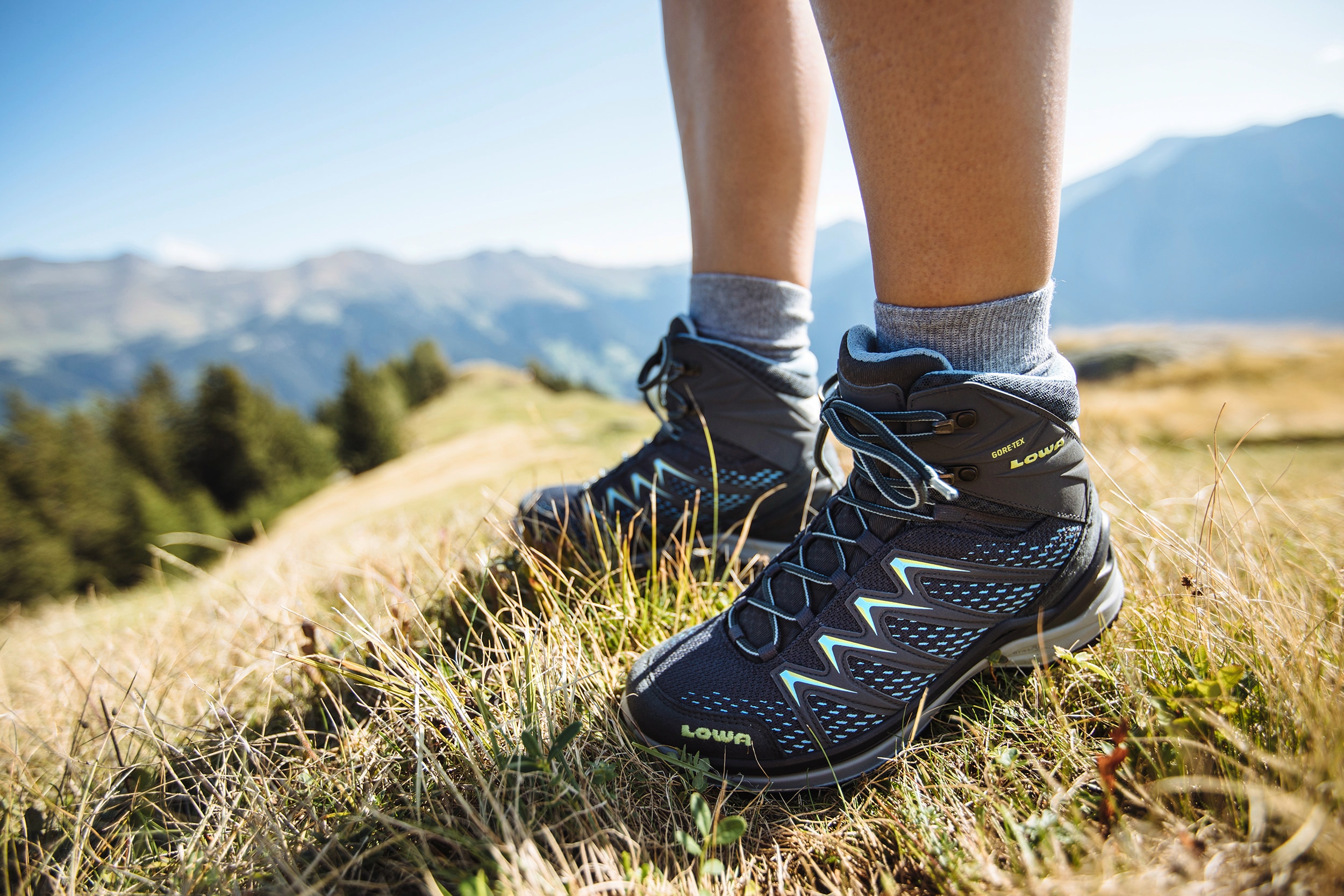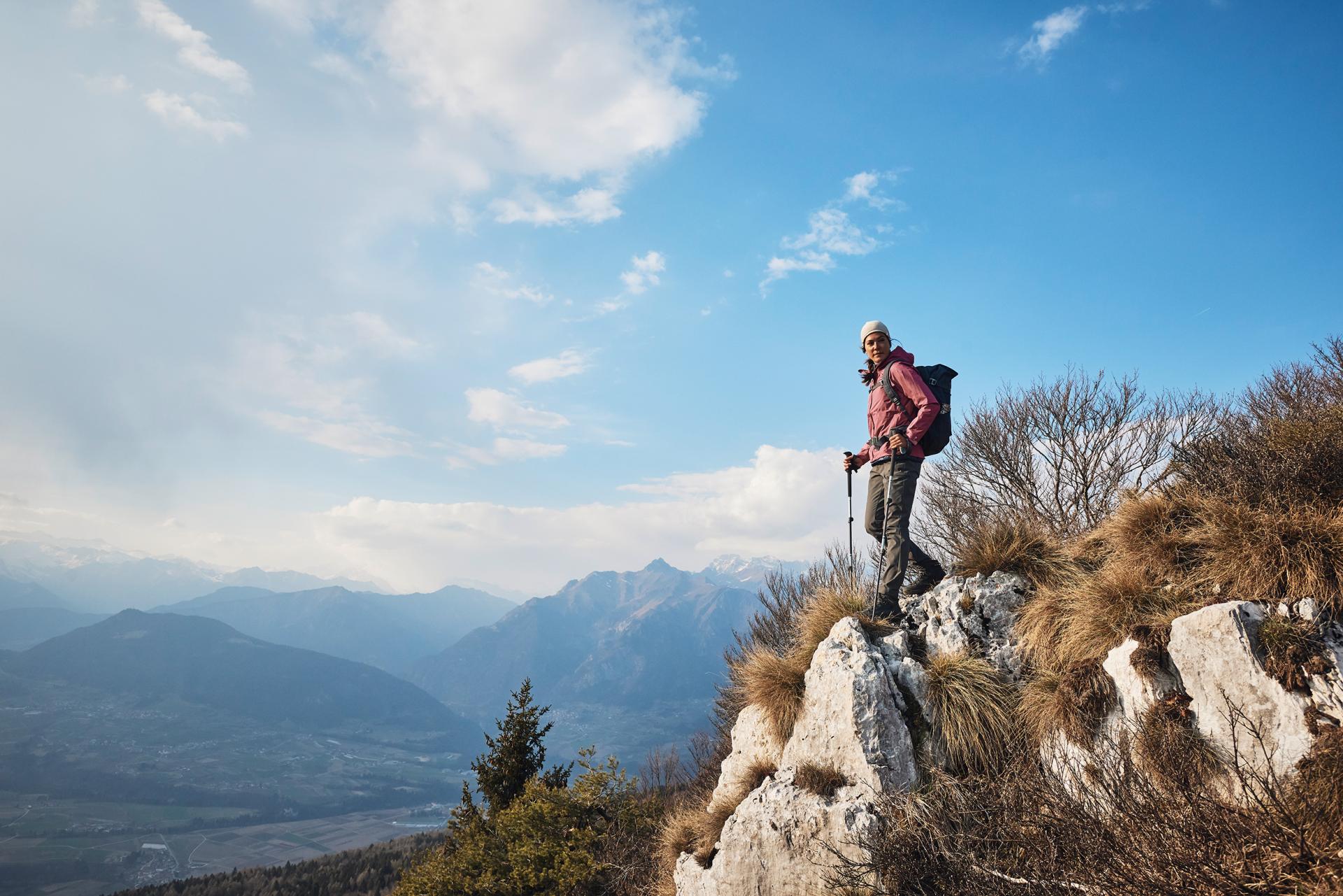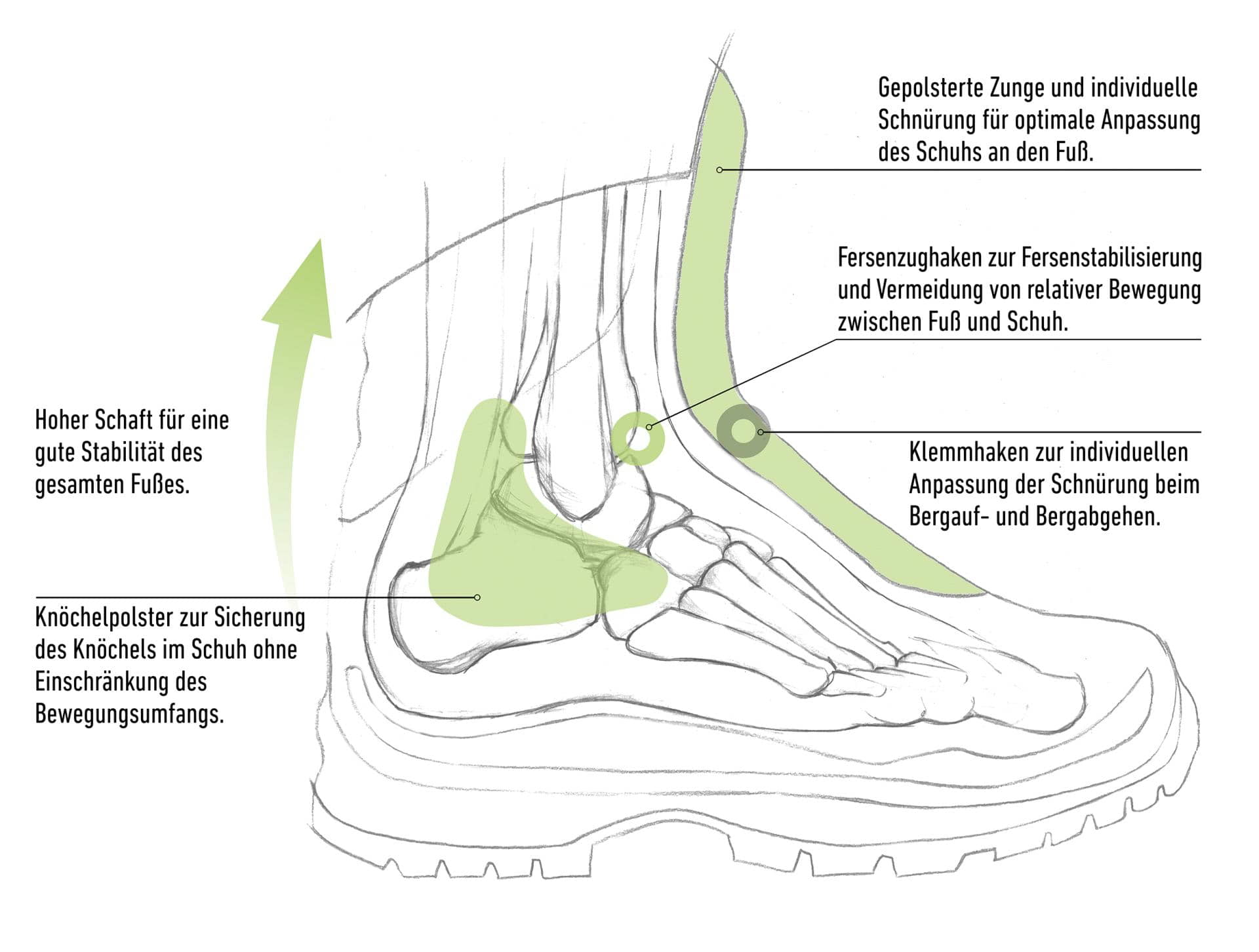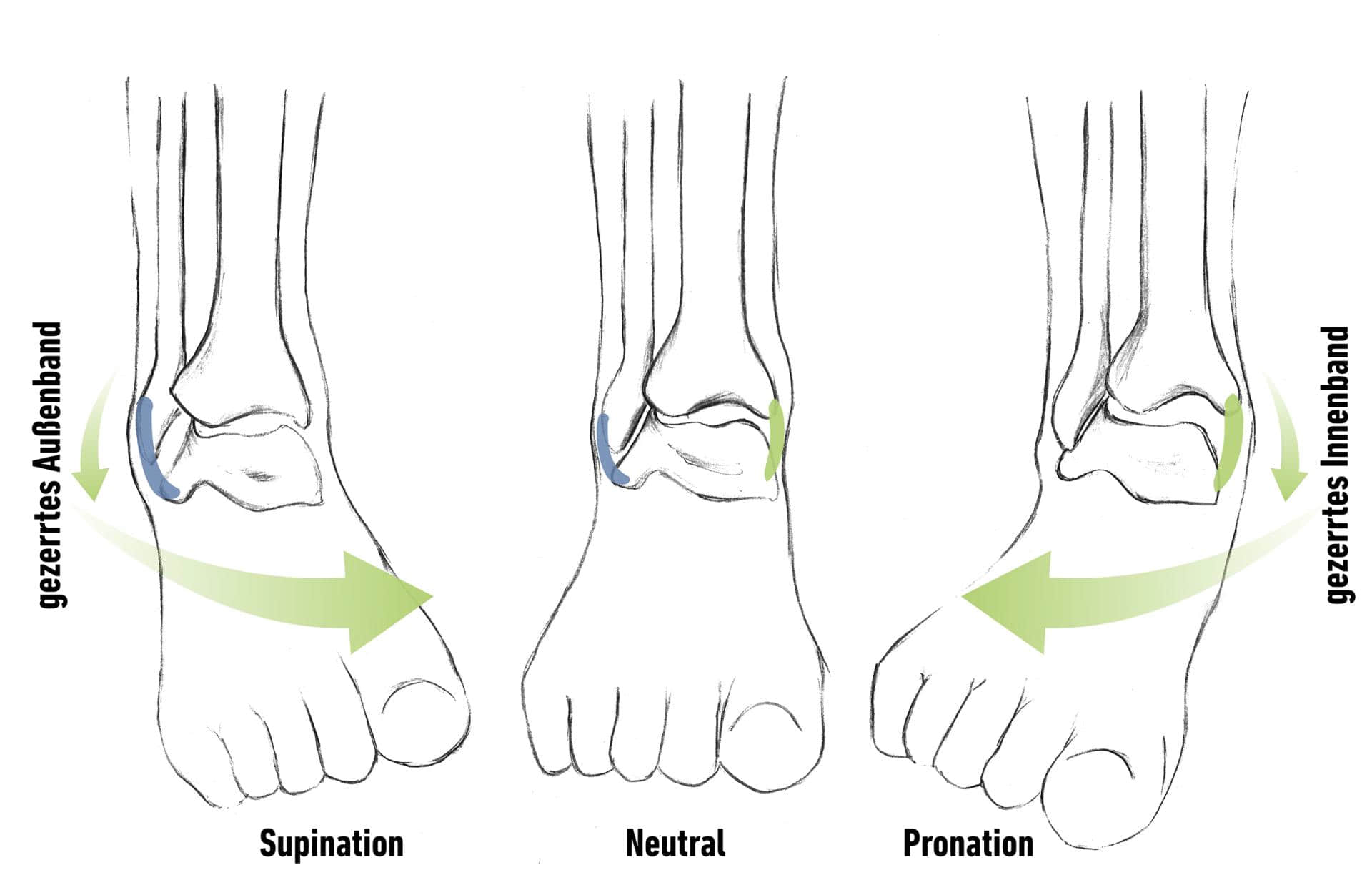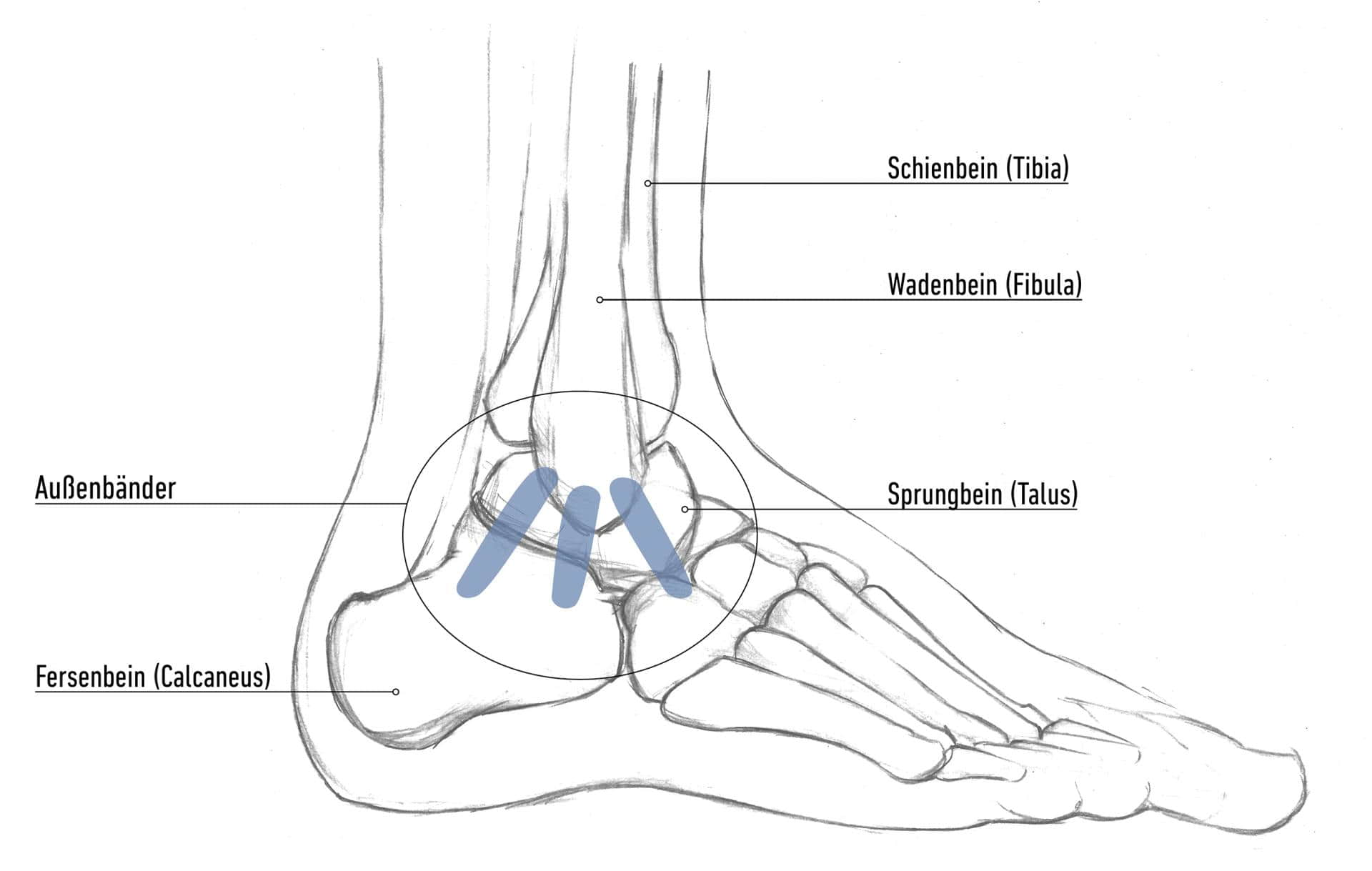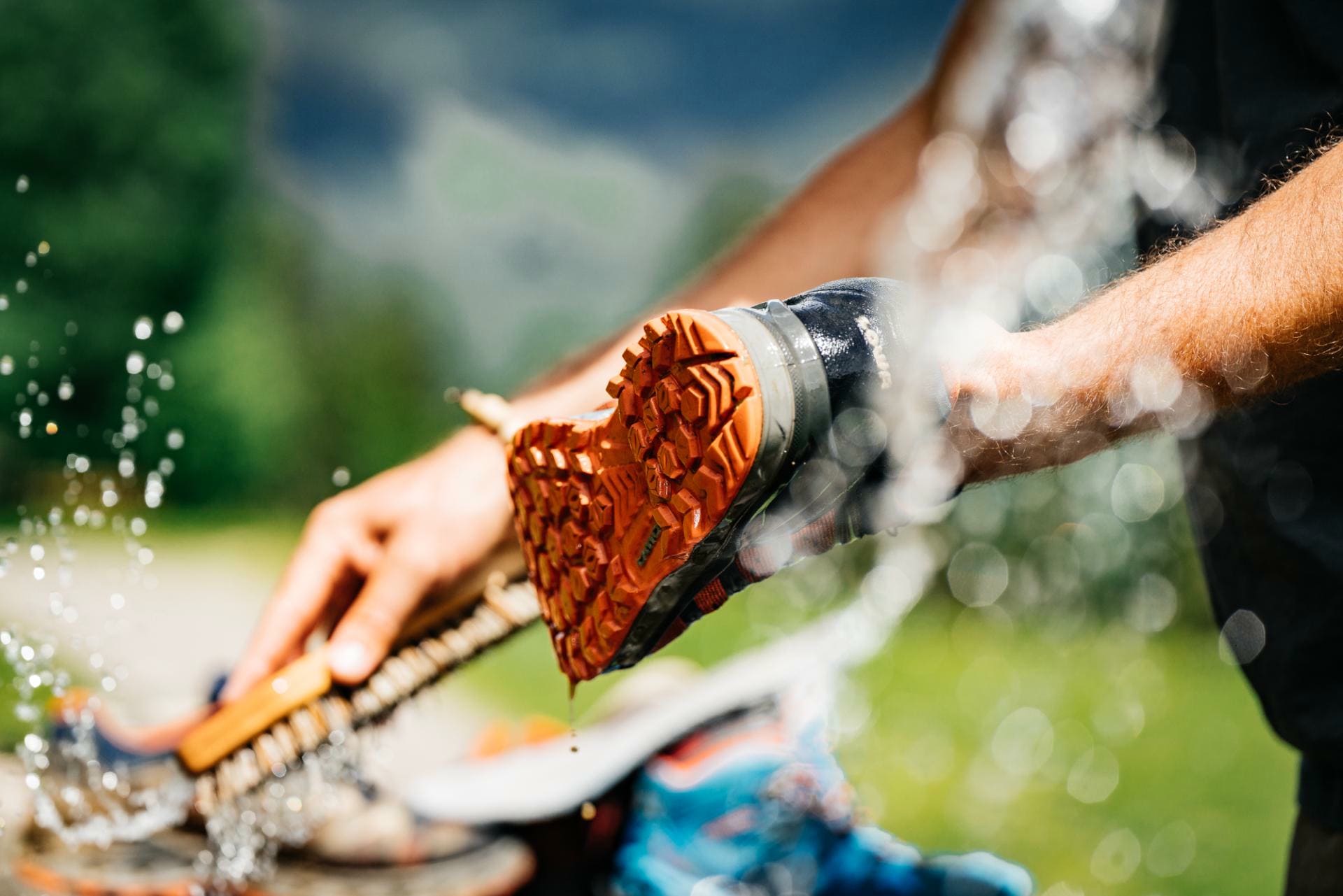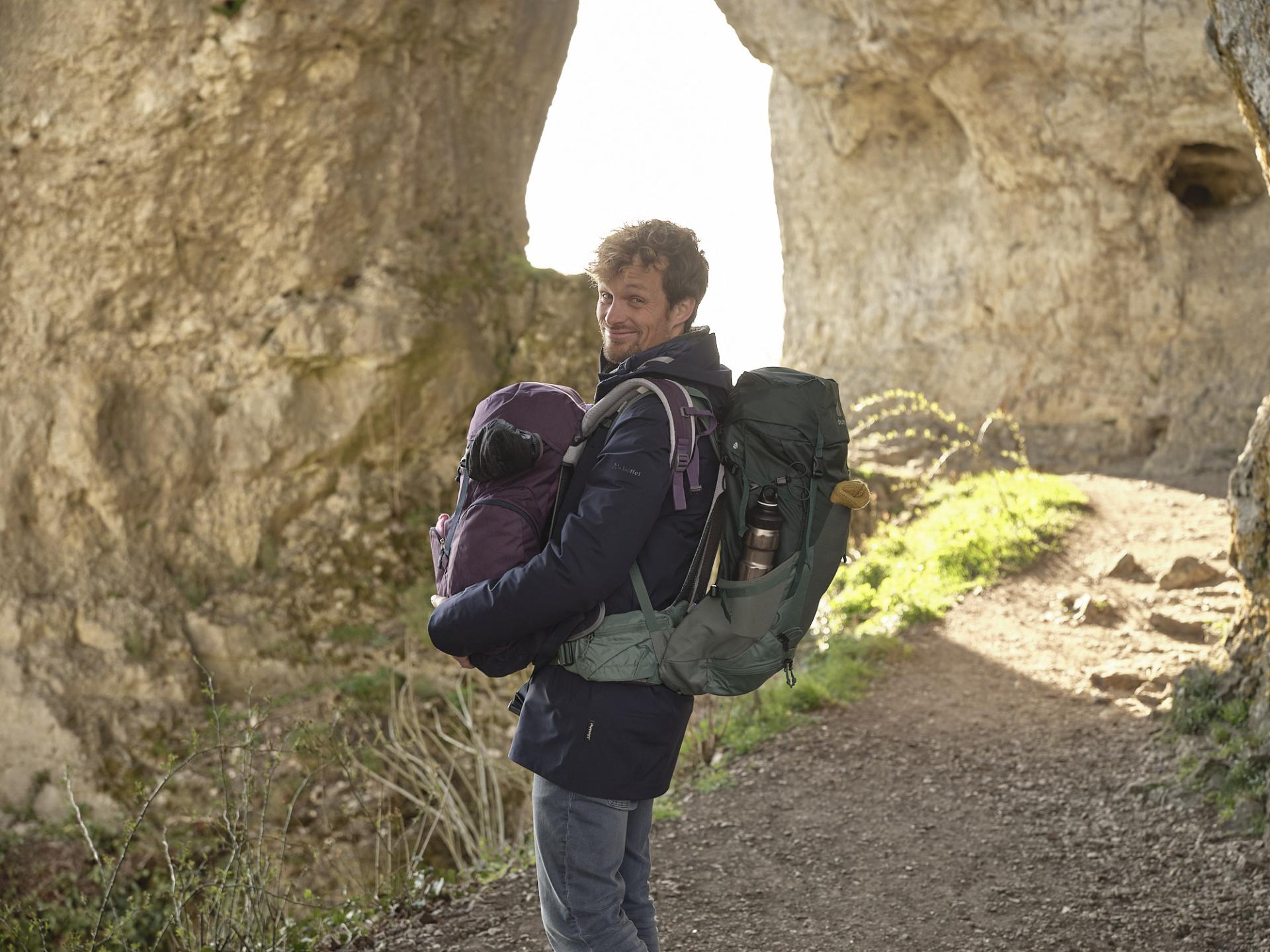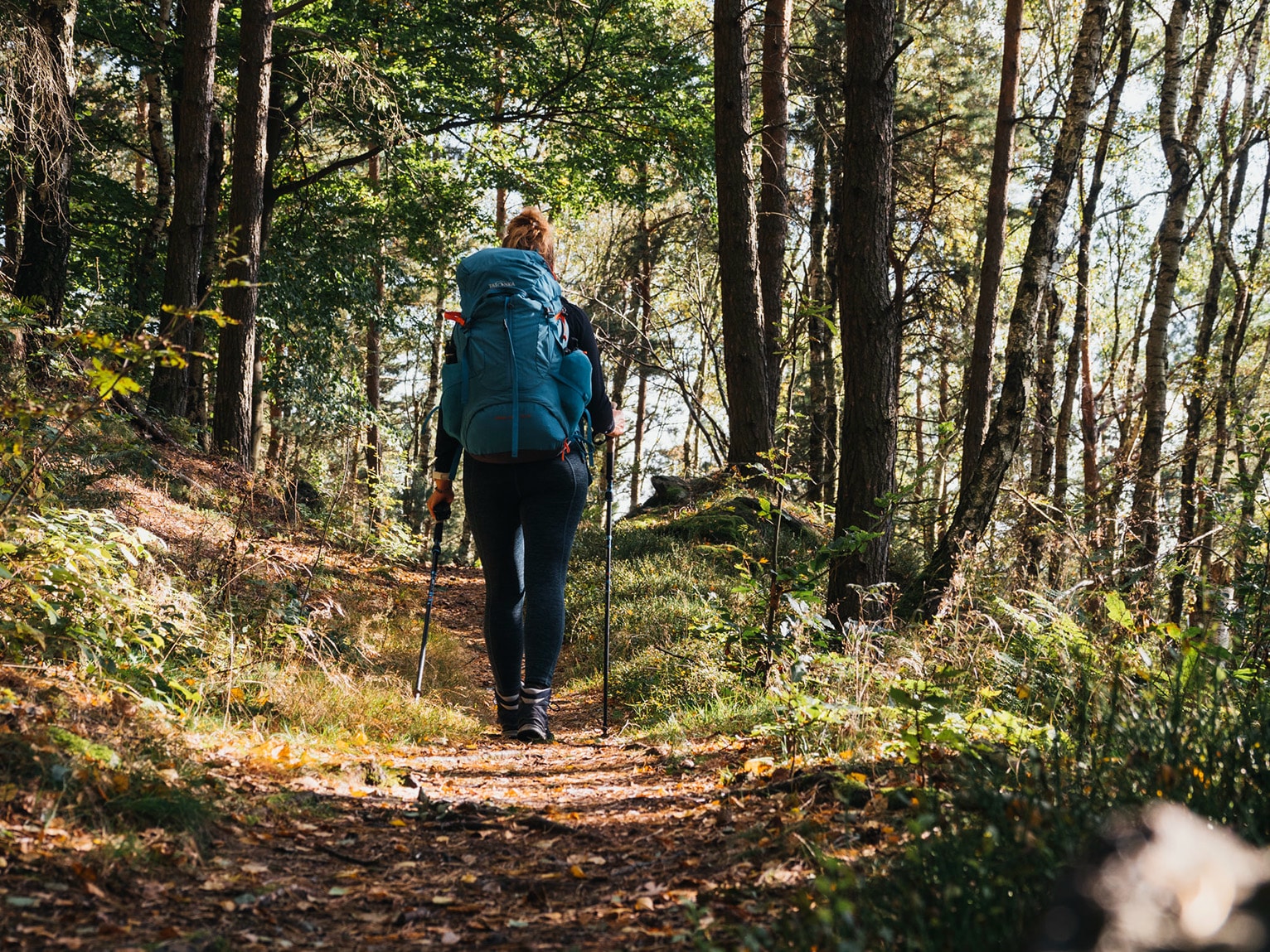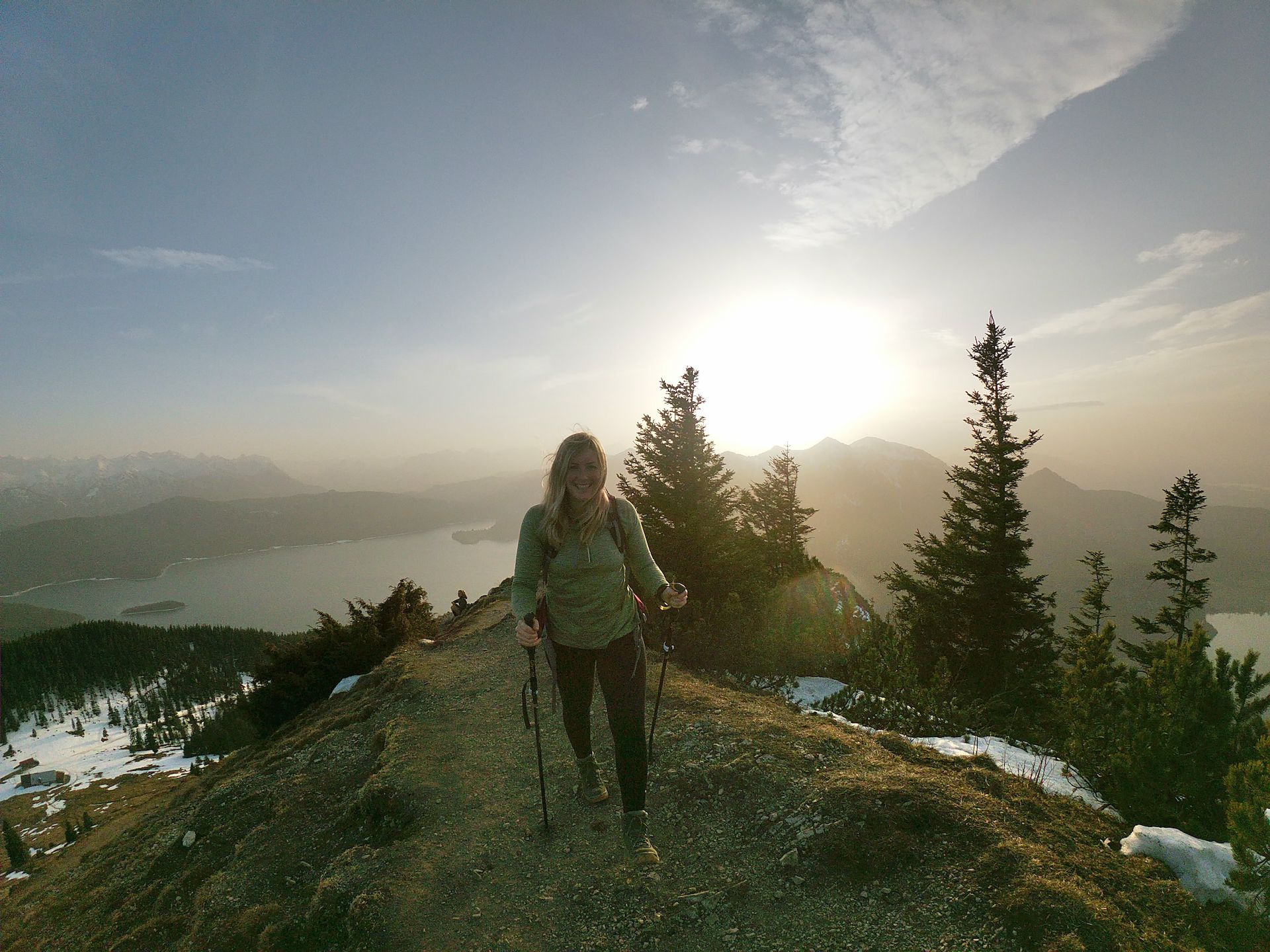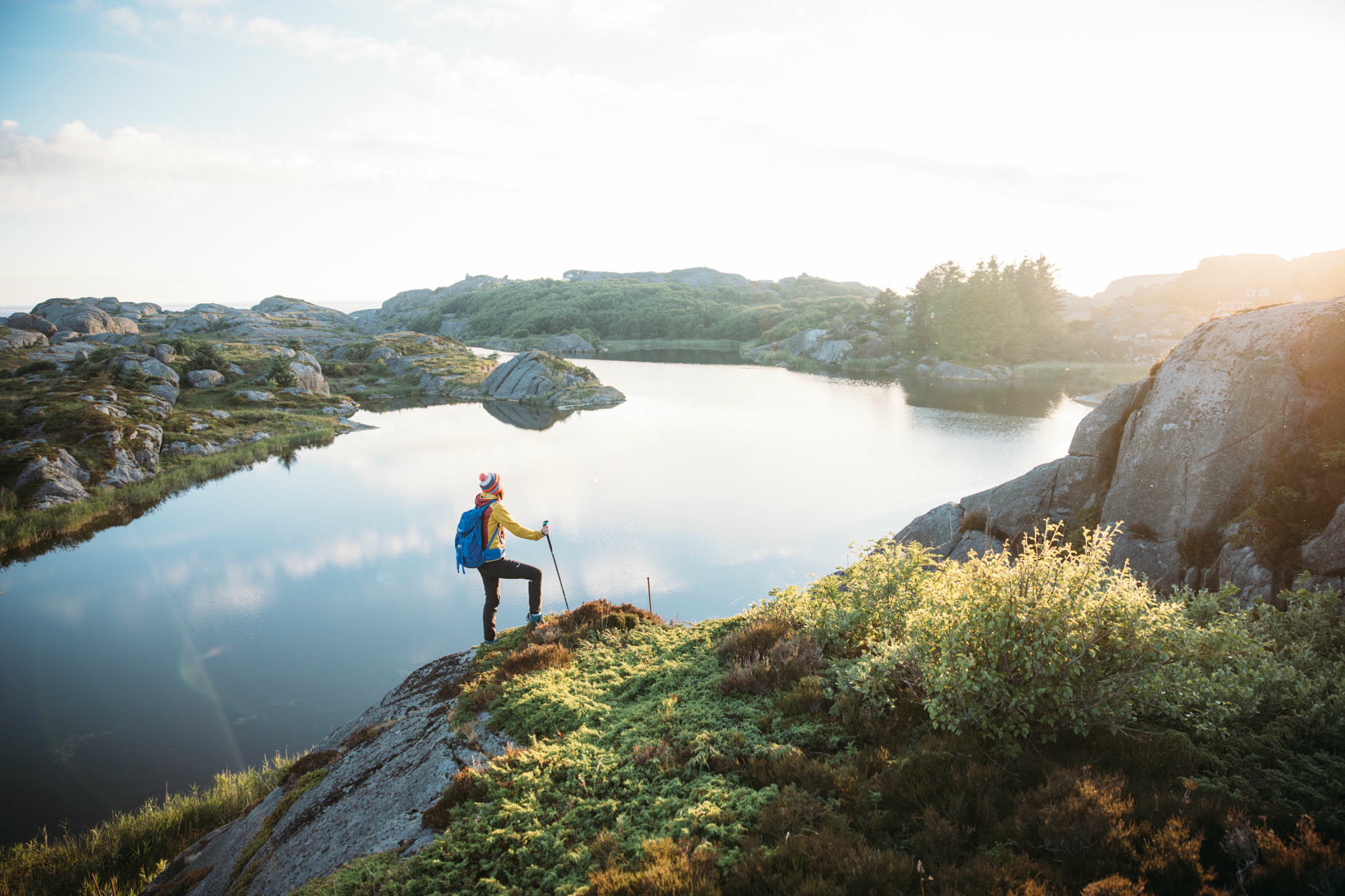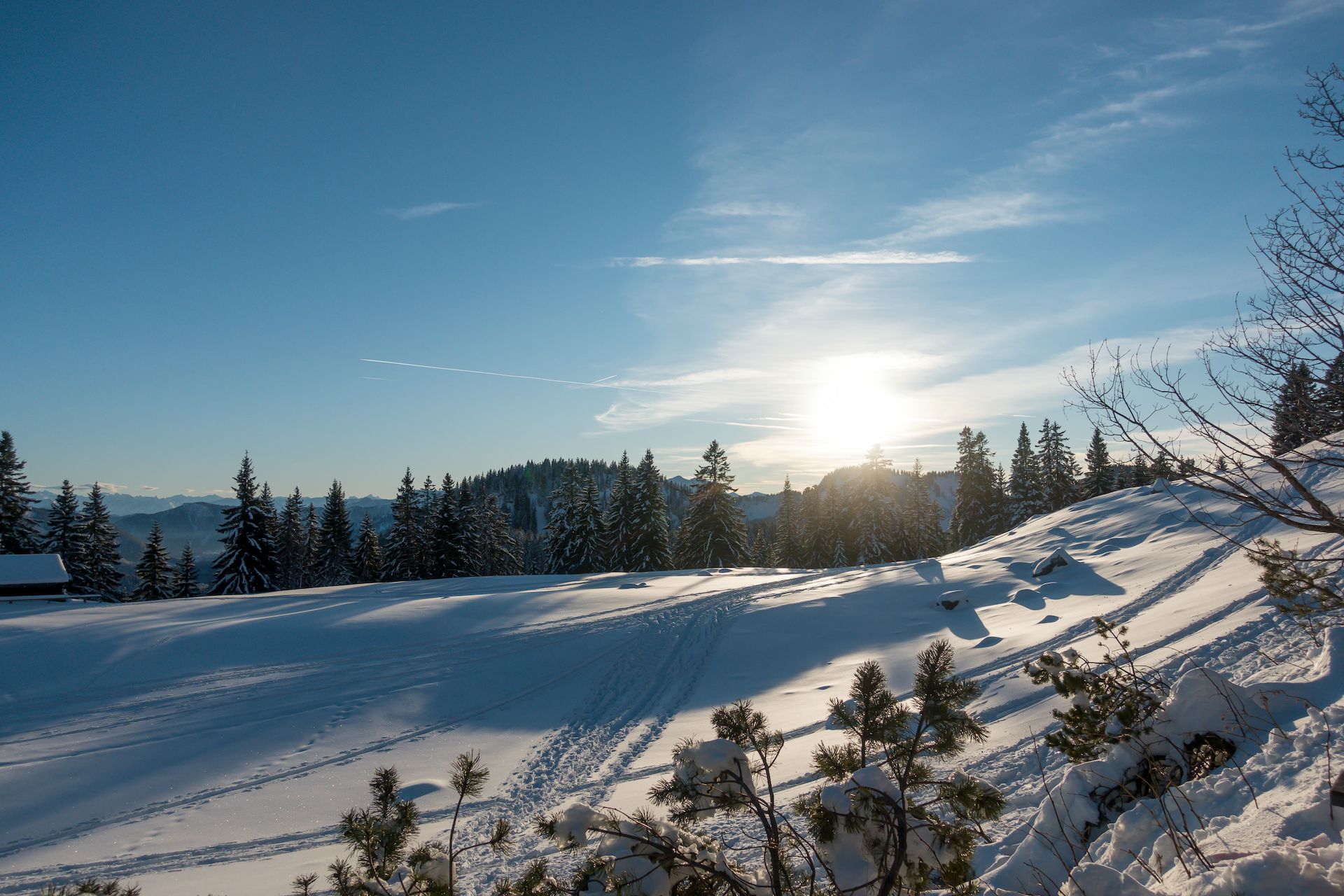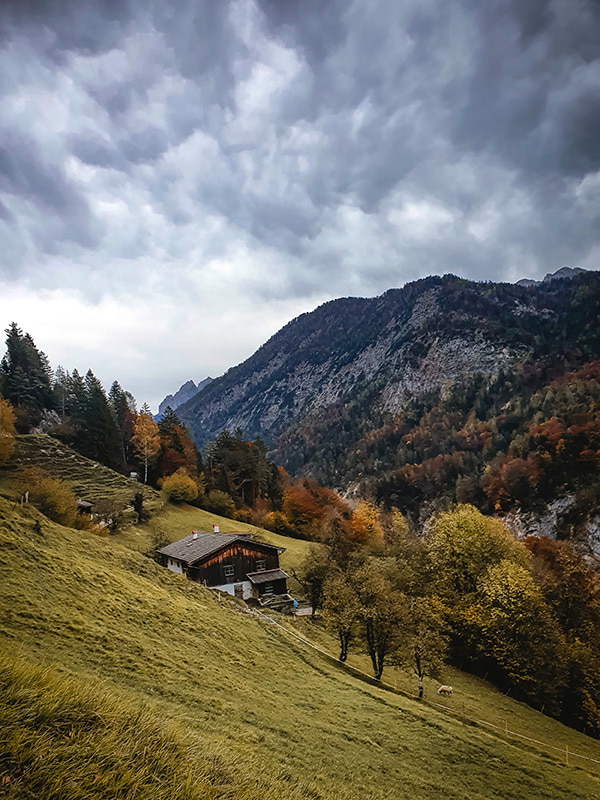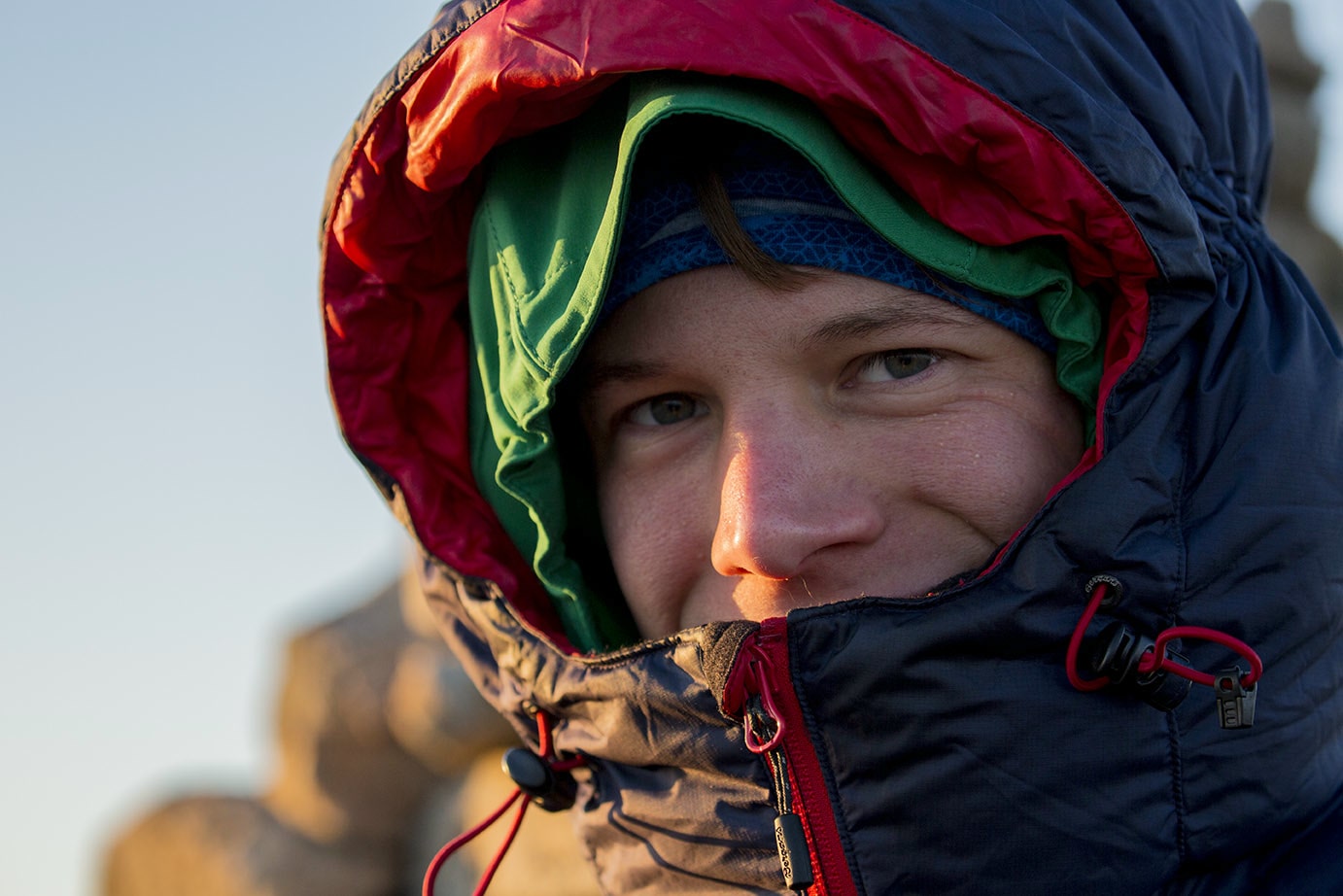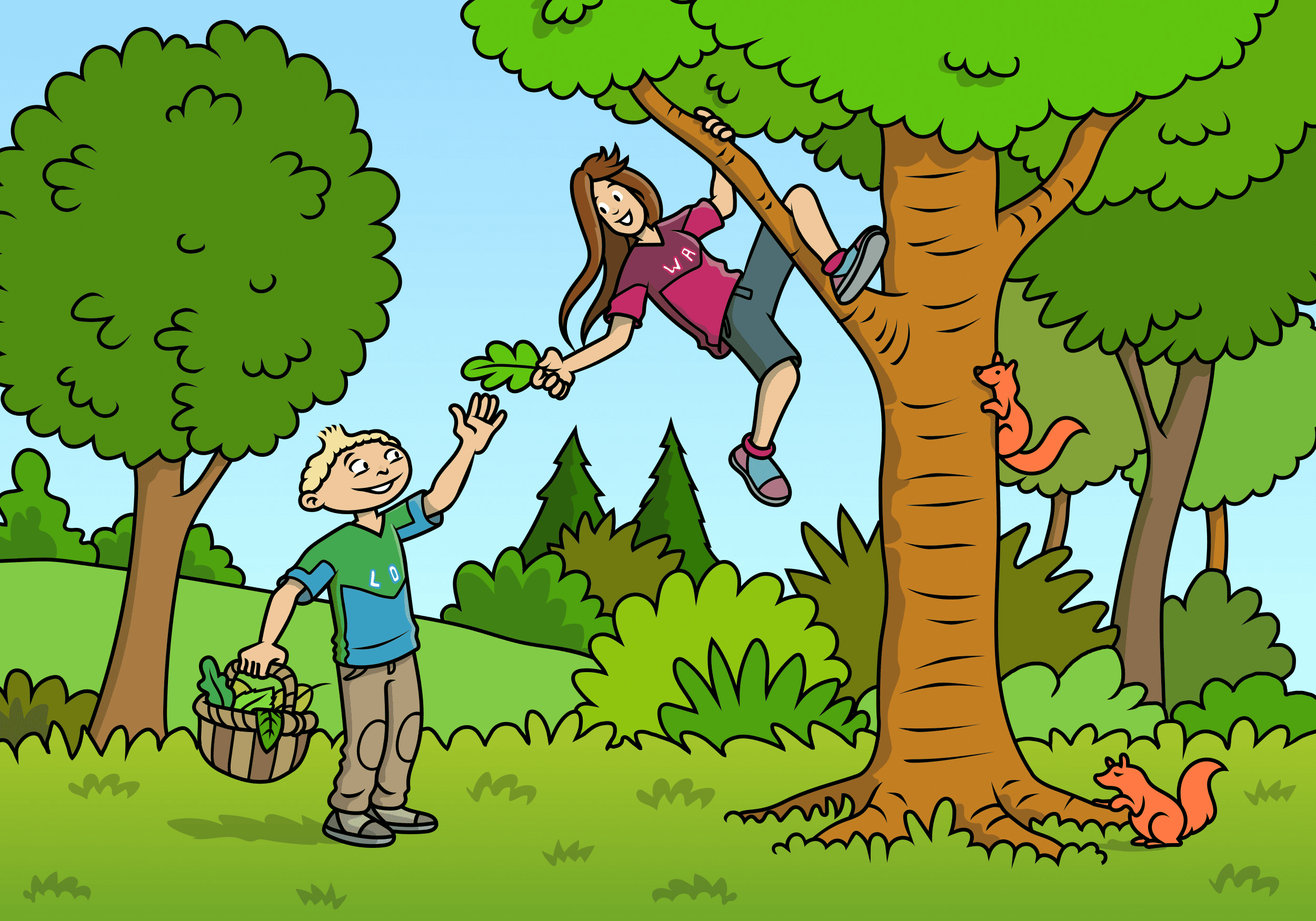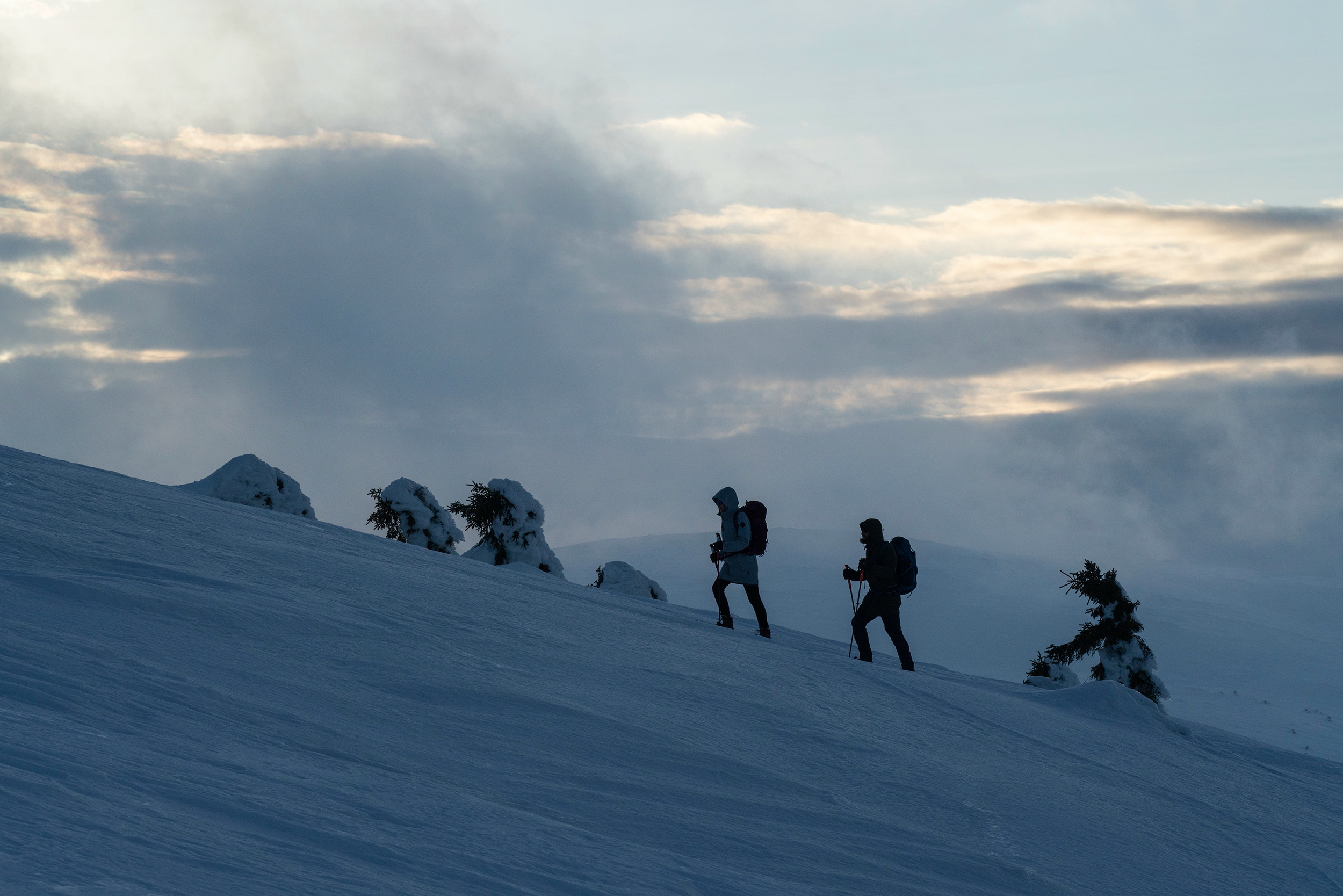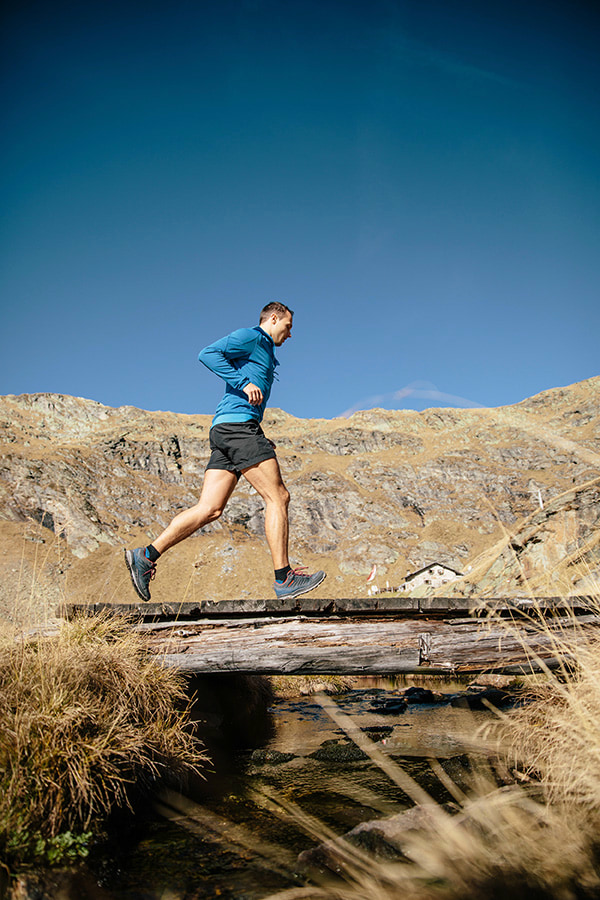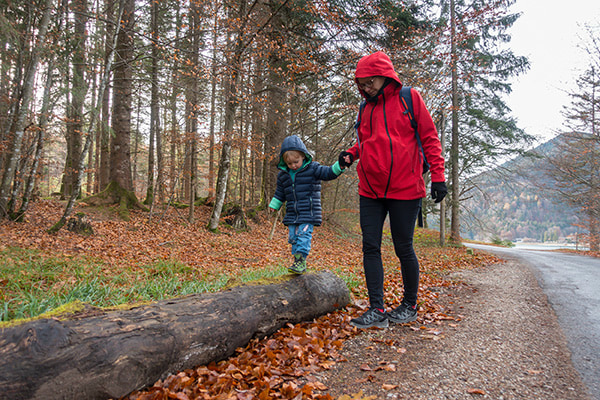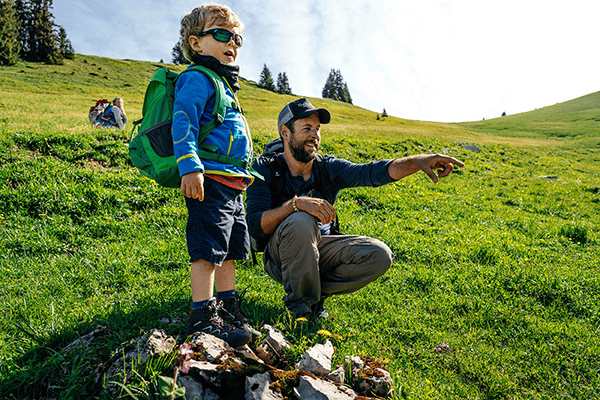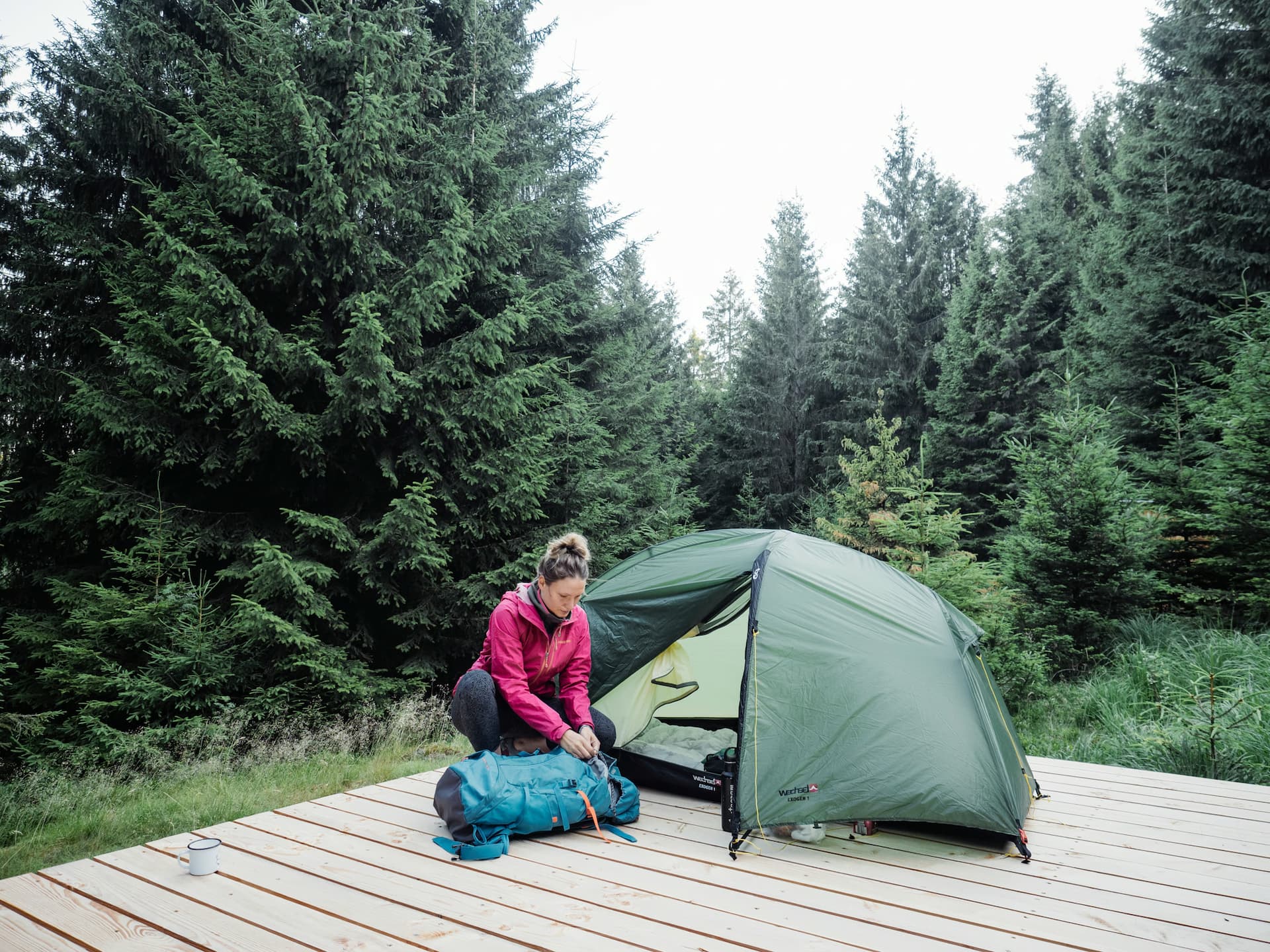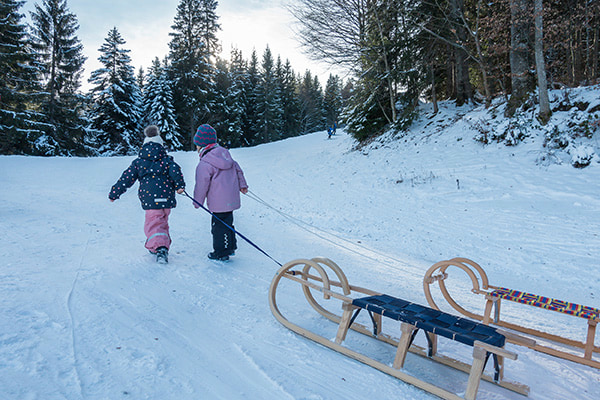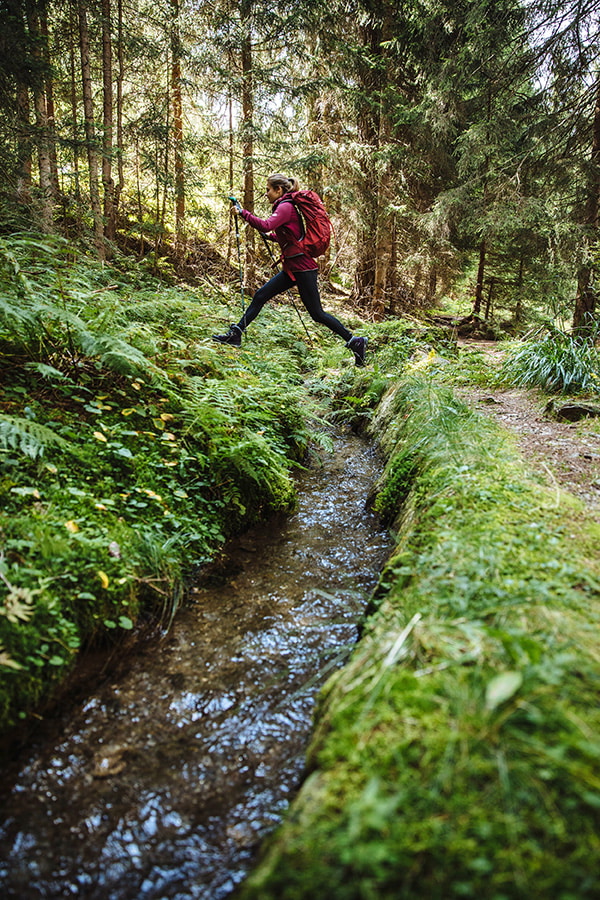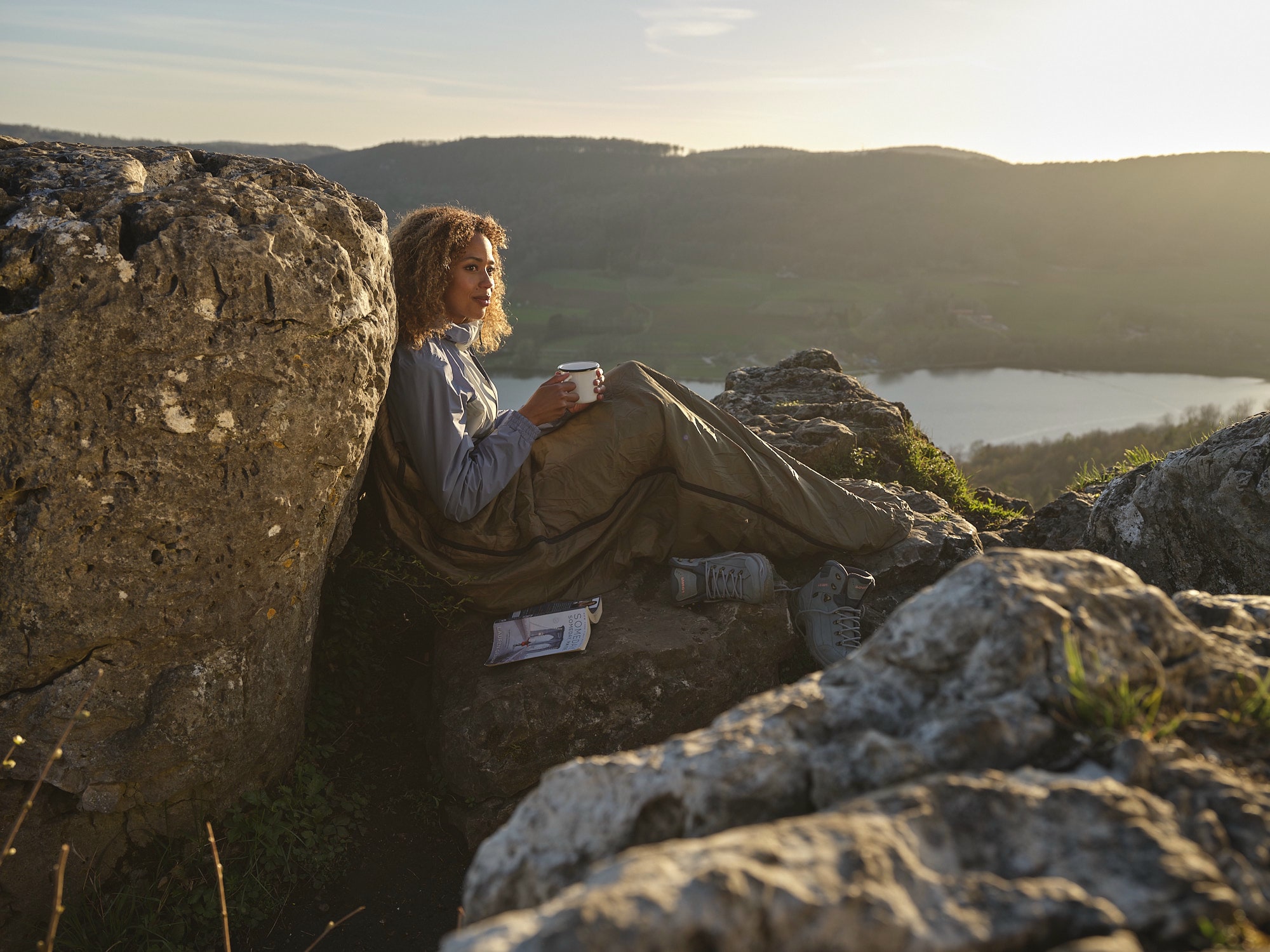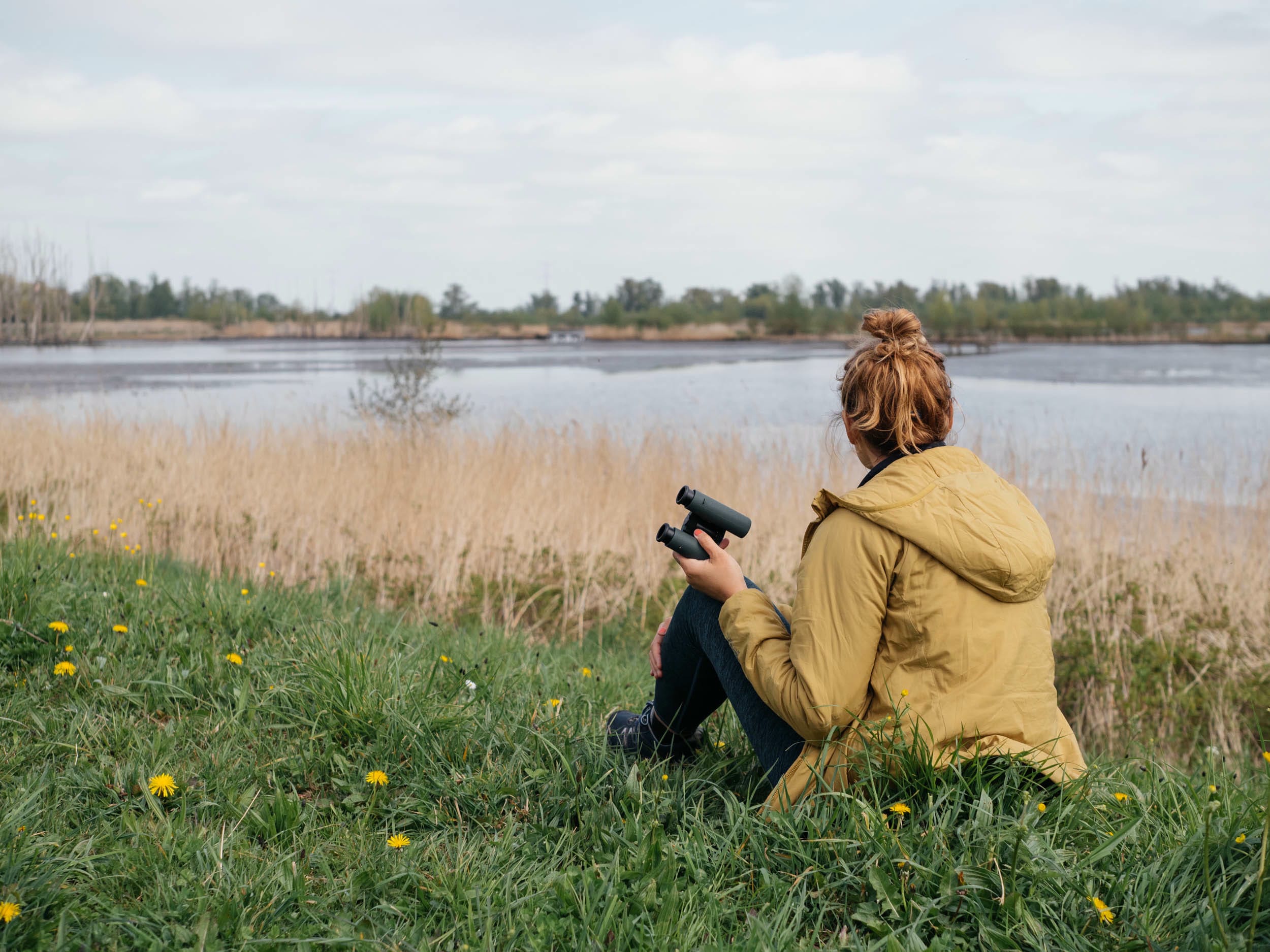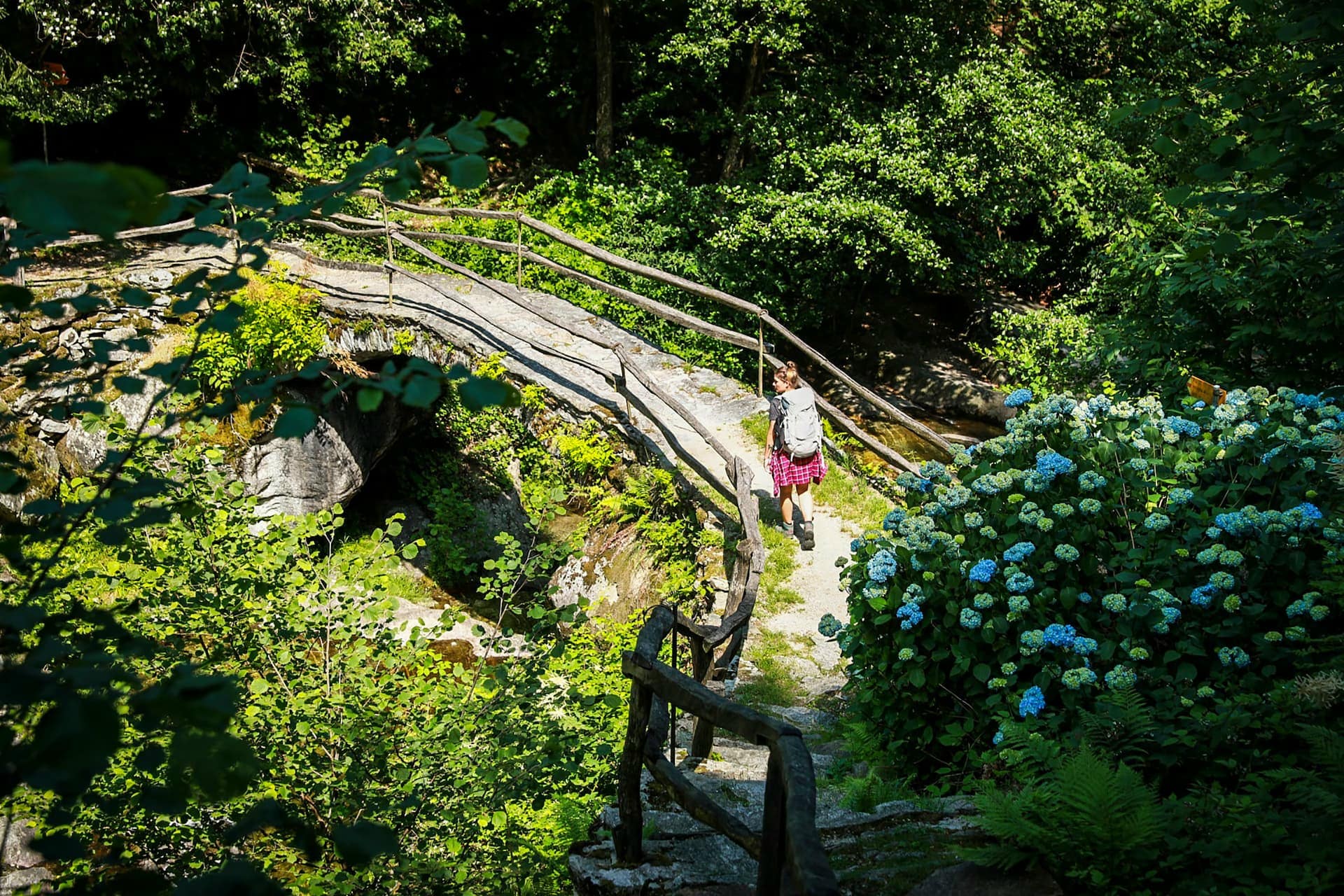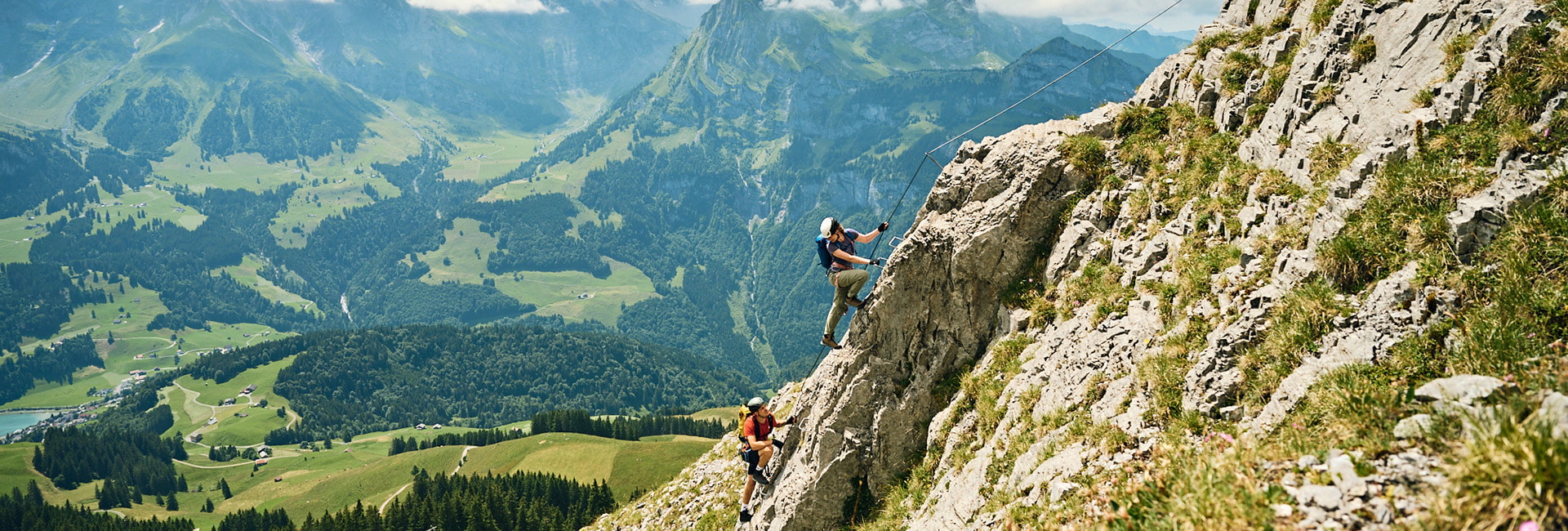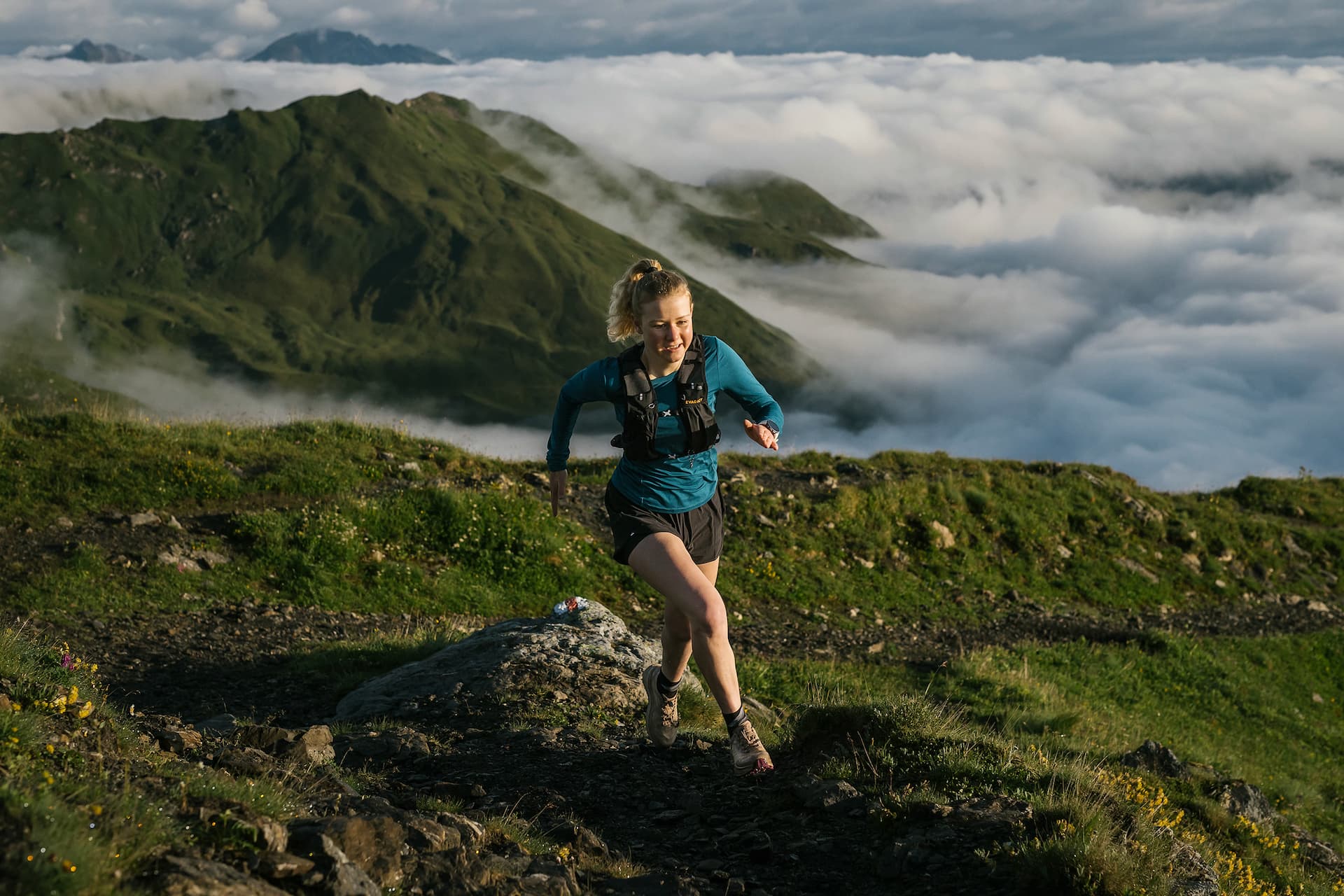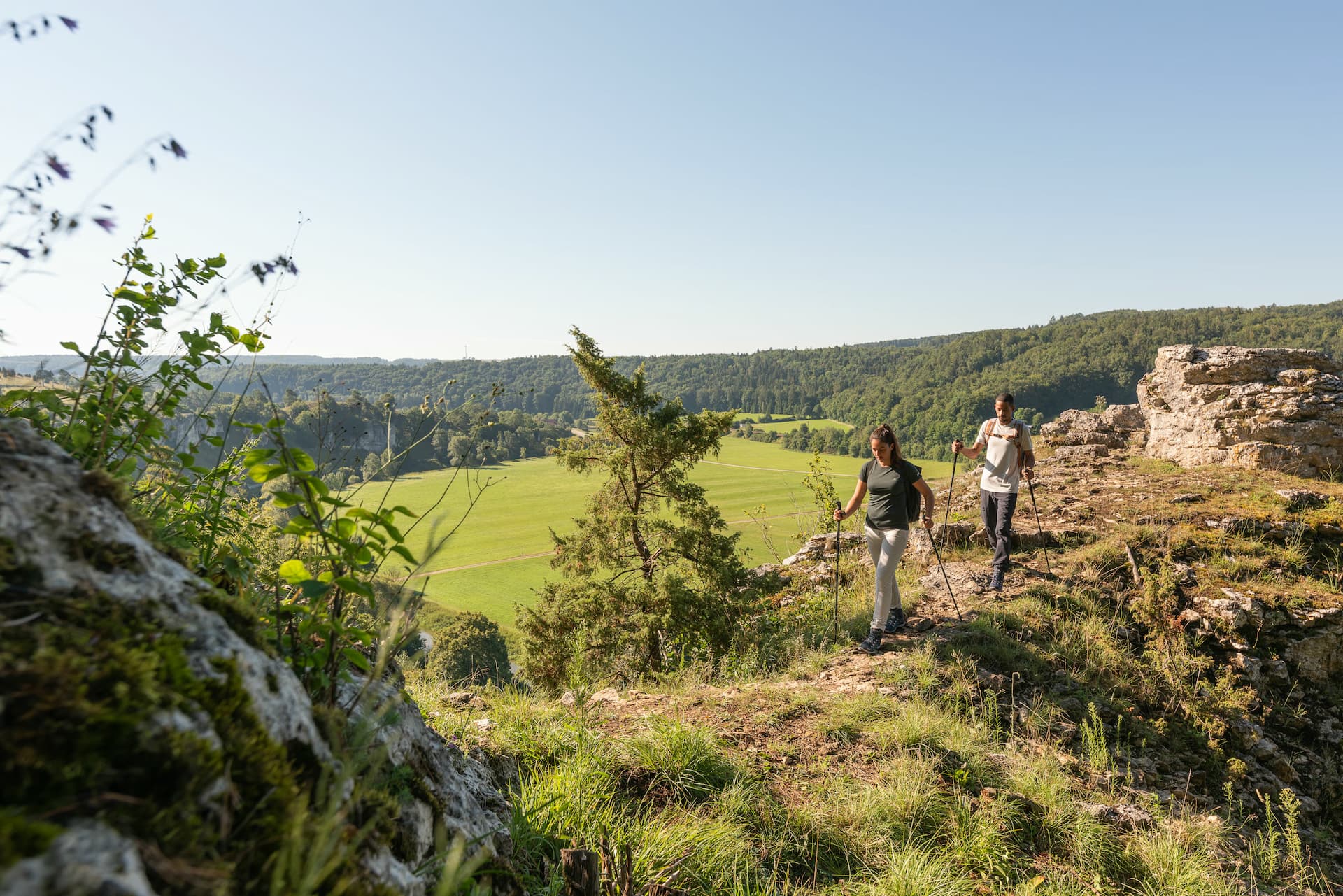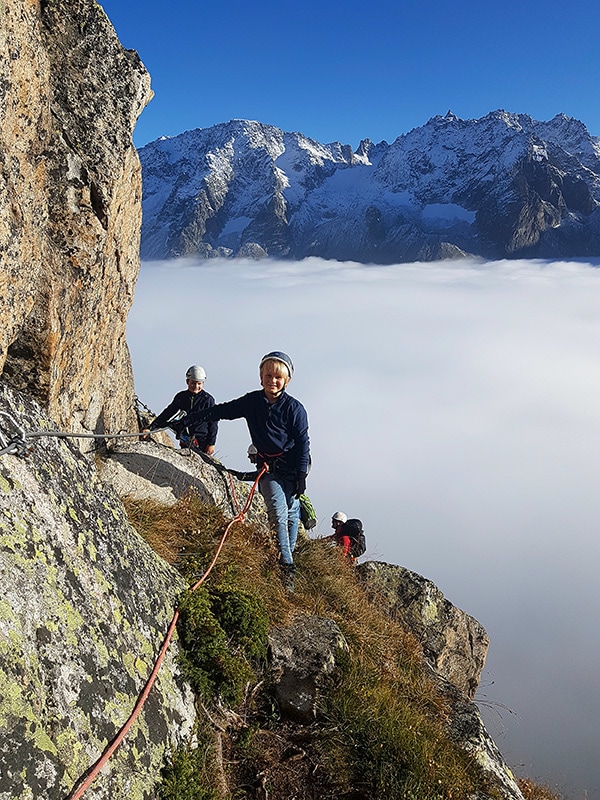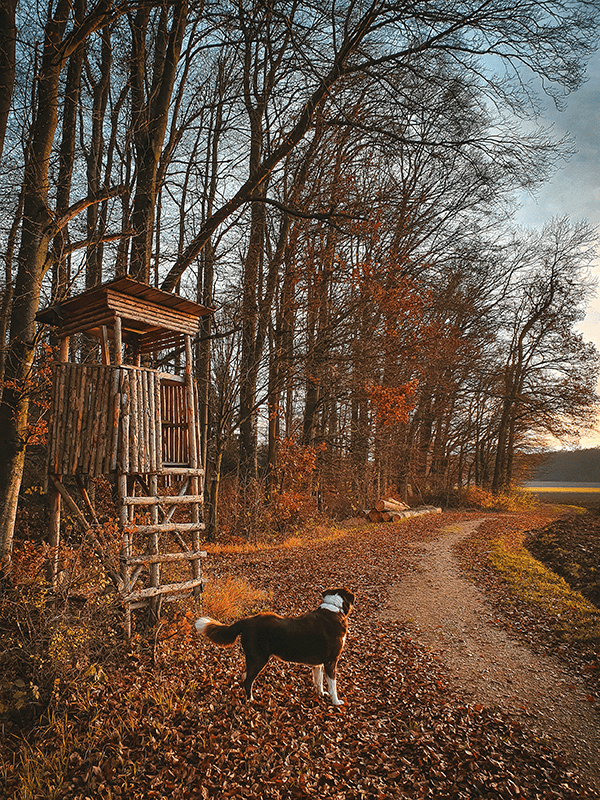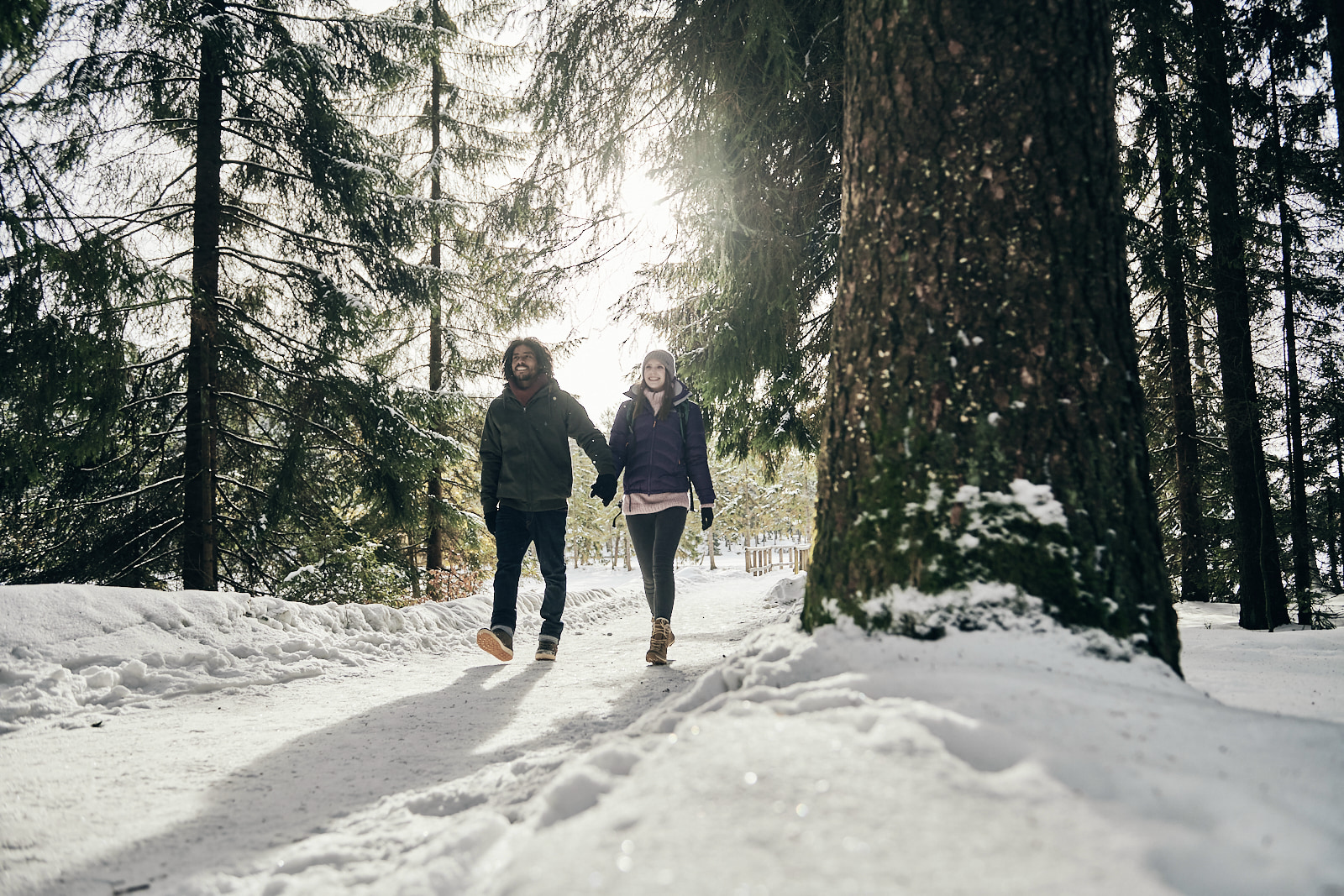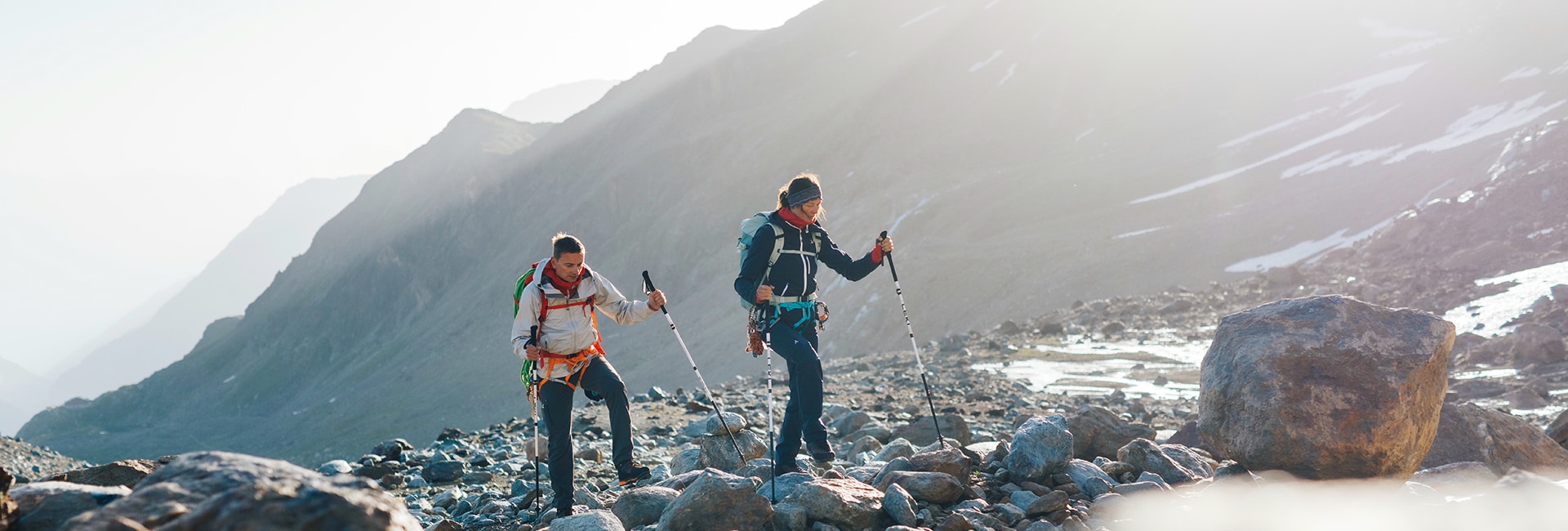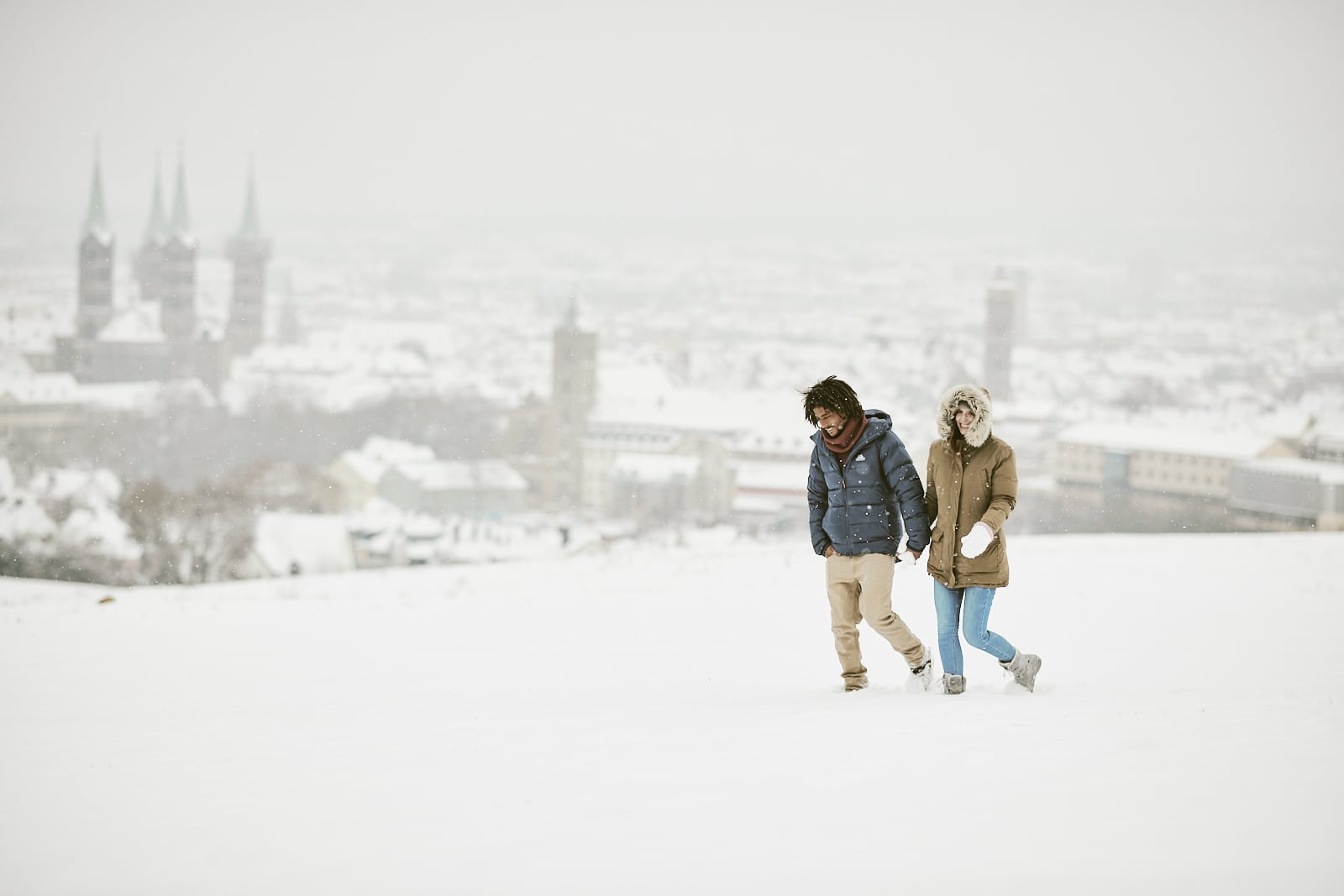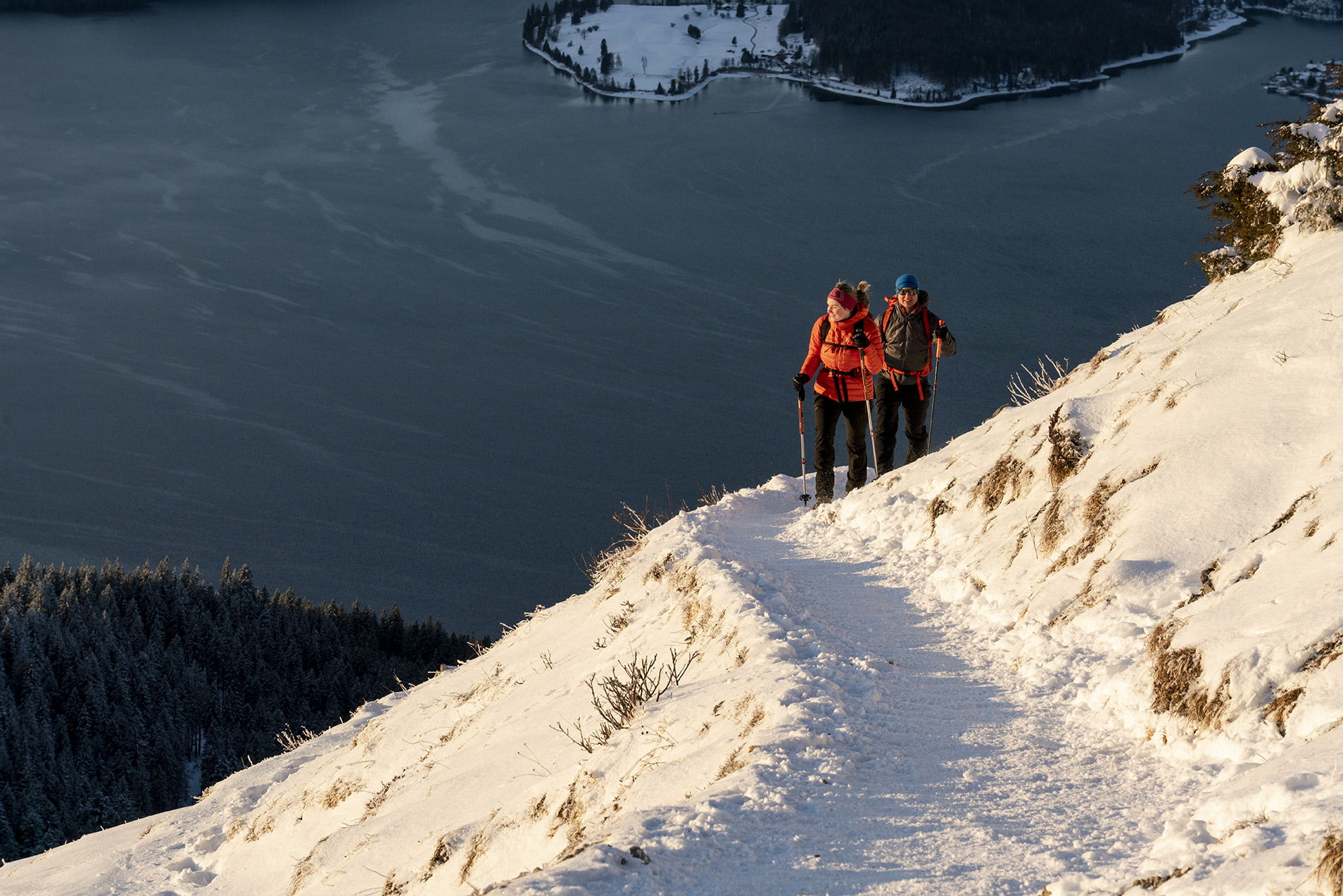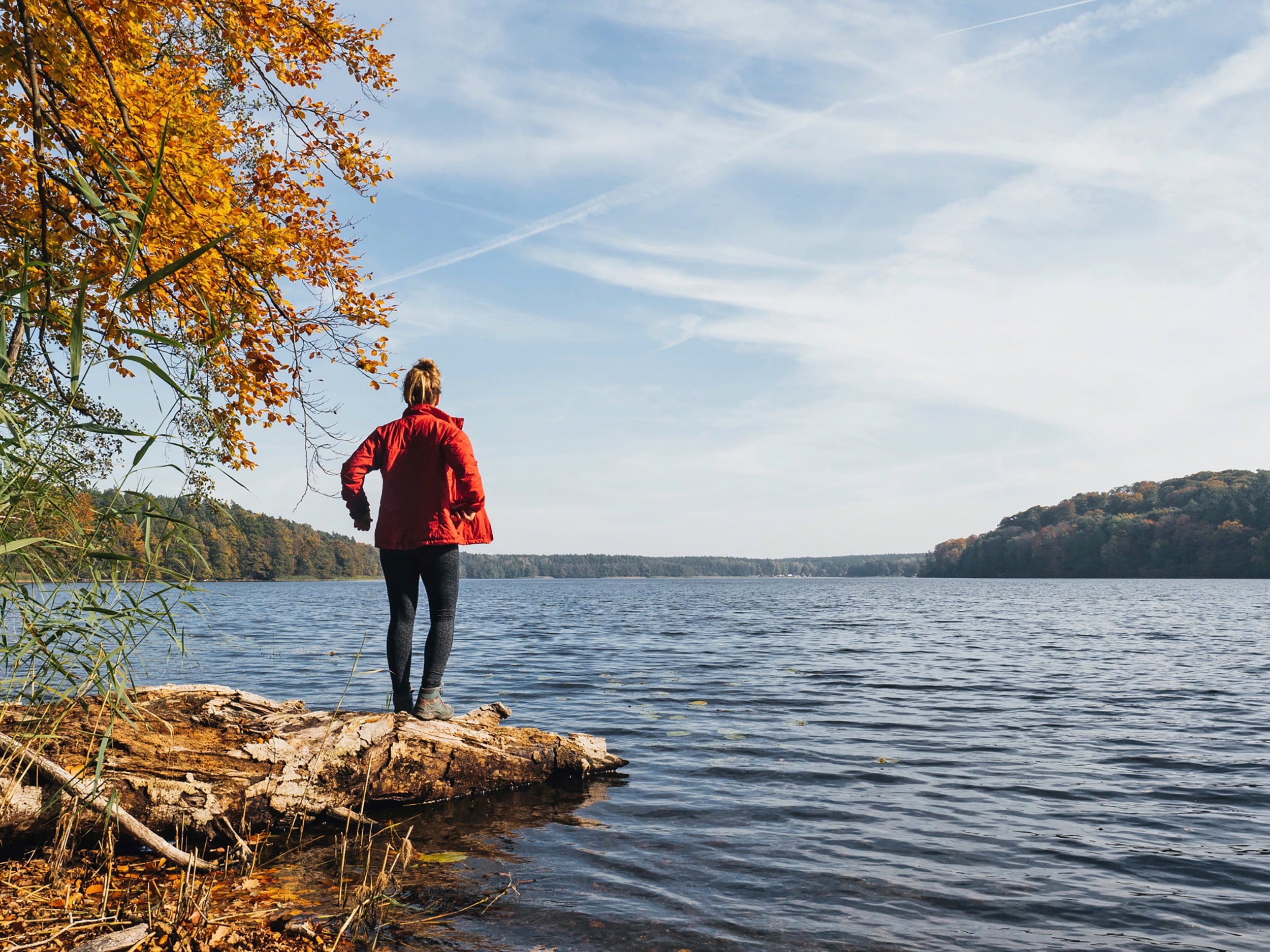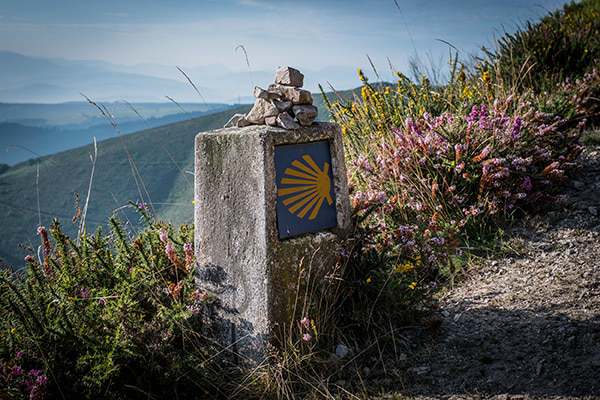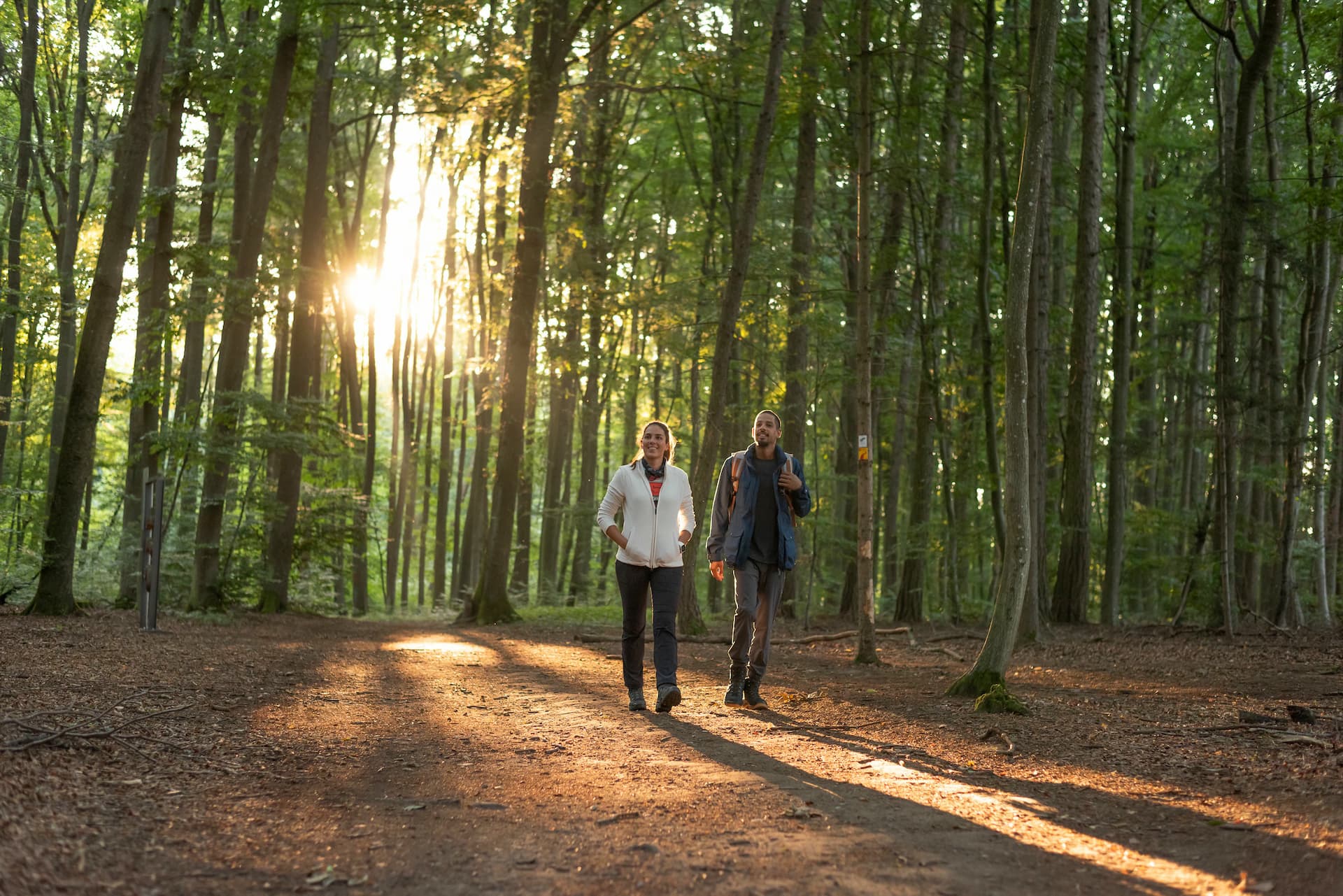The right shoe was already a problem with Cinderella, although on closer inspection it was more a question of the right foot for the right shoe. In my opinion, it doesn't matter from which perspective you approach this issue. The fact is: a shoe must fit and not pinch. I'm sure that everyone is aware of this and everyone buys their shoes based on these two criteria. But what should you look out for when buying hiking boots? What is important here to provide the best possible support for the foot?
THE EFFECT OF WALKING UPHILL AND DOWNHILL
The fact is that the foot is subjected to extraordinary loads when hiking. When walking uphill, the ankles are partially overstretched forwards out of their comfort zone and therefore have to withstand completely different loads than on level ground, where the joint can be optimally loaded. In addition, the muscles exert a greater force on the joint because the body also has to move upwards against the force of gravity. Nevertheless, many people find the ascent more comfortable than the descent, which is mainly because many people use the wrong technique when descending, which in turn puts a lot of strain on our body's own damping system. A healthy roll would be ideal here too, but this is not possible in every situation and certainly not without poles. As a result, when walking downhill, you tend to land on your heel without cushioning. These impacts not only put strain on the ankles, but are also transmitted to the spine via the knee, hip and sacroiliac joints, i.e. the connection between the pelvic blades and the sacrum.
WHAT SHOULD YOU LOOK OUT FOR WHEN BUYING HIKING BOOTS?
So what should you look out for when buying hiking boots? Firstly, it makes sense to test hiking boots over a longer period of time, as feet change throughout the day and hiking boots are worn over a longer period of time. In addition, you shouldn't necessarily start a crossing of the Alps with a brand new shoe, but to be on the safe side you should break them in on shorter trips uphill and downhill. This also provides a little safety, because just as every car drives a little differently, every shoe has its own characteristics. It is important to get to know the shoe. Especially if you are heading into the high mountains.
Special features such as clamping eyelets are also an advantage, especially with high hiking boots. These ensure that the shoe can be laced differently in the forefoot and shaft area. All these aspects need to be considered before setting off on a longer tour. The most important thing, however, is choosing the right shoe for my adventure.
Shoes with a high shaft provide stability and support. LOWA has incorporated various technologies to provide the best possible support for the foot in areas subject to particular stress.
THE RIGHT SHOE FOR THE RIGHT APPLICATION
There are certainly many paths that can easily be tackled in low shoes. There are also many athletes who can climb a mountain in them without any problems - and perhaps even much better and faster than some of us amateur mountaineers.
But at the end of the day, it all depends on the overall setting. On a trekking tour with heavy luggage, even the easiest forest path can become a danger in a low shoe because the luggage will always sway a little, no matter how good the carrying system. The wrong unevenness in the path at the wrong time in the wrong movement sequence and you will fall over. In the worst case scenario, the tour is over or can only be continued with pain. A trekking boot with a well-supporting upper would most likely have helped here and could have prevented worse.
Shoes with a supportive upper are particularly important in alpine and high alpine areas on longer tours. I'm not talking about short approaches, where approach shoes are absolutely justified, but about day tours. Over time, fatigue sets in and concentration levels drop.
WHEN A FOOT TWISTS, THE FOLLOWING HAPPENS ..
When the foot touches down during a step, the upper ankle joint is twisted inwards or outwards due to the nature of the ground (e.g. due to a large loose stone). It therefore twists in the area where it can normally only move minimally because it is reinforced here by ligaments.
As we always distribute our body weight alternately between our legs when walking, almost the entire weight acts on the ankle ligaments. At best, the ligaments are "only" overstretched. The next step would then be to tear them. In the worst case scenario, the tibia and fibula can also fracture, tearing the connecting structures between the two bones. Depending on the terrain, even a stretched ligament or a partial tear can lead to the hike having to be aborted and the holiday coming to a bad end.
Hiking places particular strain on various parts of the foot - from the fibula to the ligamentous apparatus.
I also had pain in my ankle last summer, which was caused by nerve irritation. I thought I could do a day hike in a low shoe. On the way back in particular, I kept finding myself almost twisting my ankle. It didn't happen because I expected it and experienced it consciously. Of course, this is also an important component. But unfortunately, many hikers are not aware of the risk of twisting their ankle - especially if they don't often travel in the mountains.
IS THE DESCENT EASIER THAN THE ASCENT?
Thanks to the development of the Alps with cable cars up to the high alpine region, today everyone has the opportunity to have a fascinating mountain experience. There is often a misconception: "I'll go to the top and then do the descent. It's not that difficult and I'll manage it". I'm always fascinated to see what kind of footwear some people dare to wear in the mountains on such trails and then cheerfully set off on sometimes dangerous descents.
Incidentally, the myth that the descent is easier than the ascent is usually not true. Perhaps this can be accepted in terms of fitness. However, as far as the ability of the hiker is concerned, the ascent and descent are usually the same. On the descent, the speed is often higher and therefore the risk of twisting your ankle is many times greater.
So here too, high hiking boots are definitely the right choice. It is also certain that flip-flops and fabric shoes were developed for the beach and not for the mountains and have no place here. Unfortunately, flip-flop alpinism has found more and more followers in recent years. My plea here: Always take the cable car down into the valley and don't think "I can make it down".
MY RECOMMENDATION ..
The high shoe is certainly the first choice on the mountain. Low shoes really only make sense for athletes because the ligaments and muscles have adapted to them through constant training. This is the case with trail running, for example. The most common type of accident in the mountains is an ankle twist - and this even applies to fatal accidents. For this reason, the right shoe for the mountain is one with a supportive upper. Which category the individual chooses is a matter of taste and also varies according to personal preference. This includes, for example, cushioning and rolling behaviour. Some people are more comfortable with a softer sole, others prefer a firmer one. Some people need better cushioning because of knee problems, while others may do without it because they have more feeling in the shoe. However, some things can be compensated for with the right technique, which we will look at in more detail in further blog posts.
Conclusion: There is the right shoe for every foot! If you use everything correctly, there will be no blood in the shoe and no other traumatic experiences.
I am always happy to receive comments and suggestions.
Your Micha
